Unveiling the Marvels: Top UNESCO World Heritage Sites in Asia that Showcase Rich Cultural Heritage
When you visit any Asian country, you’ll be amazed by all the stunning temples, historic cities, landmarks and natural landscapes that have been designated as Unesco World Heritage sites that are worth visiting. Each country offers spectacular heritage sites and cultural treasures that are a must visit when you explore. Visiting Asia’s Unesco sites in my experience, is a rich experience to the history and culture you visit in each Asian country.
Check out what these travel journalists share on visiting these historic Unesco sites and tips on planning your trip to the Top Unesco World Heritage sites in Asia.
Why visit the Unesco World Heritage sites in Asia?
Visiting UNESCO World Heritage Sites in Asia is an enriching and rewarding experience for several compelling reasons:
Cultural Diversity:
Asia is a continent of immense cultural diversity, and UNESCO sites showcase this diversity beautifully. Each site represents a unique aspect of Asia’s rich and varied heritage, from ancient temples and historic cities to traditional villages and archaeological wonders.
Historical Significance:
Many UNESCO sites in Asia have deep historical significance, offering glimpses into civilizations and cultures that have shaped the region over centuries. Exploring these sites allows you to step back in time and better understand Asia’s past.
Architectural Marvels:
Asia boasts some of the world’s most stunning architectural wonders. Visiting UNESCO sites like the Taj Mahal in India, Angkor Wat in Cambodia, or the Great Wall of China allows you to marvel at the architectural genius and craftsmanship of past civilizations.
Natural Beauty:
UNESCO sites in Asia aren’t limited to cultural landmarks. The continent is also home to breathtaking natural wonders, such as the Himalayan mountain range, Halong Bay in Vietnam, and the Sundarbans mangrove forest in Bangladesh. These sites offer opportunities for outdoor adventures and eco-tourism.
Preservation of Heritage:
UNESCO designation brings attention to the importance of preserving these cultural and natural treasures. When you visit these sites, you contribute to their preservation, as revenue generated from tourism often goes toward conservation efforts.
Educational Value:
UNESCO sites provide excellent educational opportunities. They offer insights into history, art, architecture, and the natural world. It’s a chance to learn and gain a deeper appreciation for Asia’s diverse cultures and ecosystems.
Cultural Exchange:
Visiting UNESCO sites fosters cultural exchange and cross-cultural understanding. It’s an opportunity to interact with local communities, taste authentic cuisine, and immerse yourself in different ways of life.
Photography:
UNESCO sites offer fantastic photo opportunities. Whether you’re a professional photographer or simply enjoy taking pictures, these sites provide stunning backdrops for capturing memorable moments.
Bucket List Experiences:
Many UNESCO sites are on travelers’ bucket lists for good reason. They offer once-in-a-lifetime experiences and the chance to see iconic landmarks up close.
Sustainability:
By supporting responsible tourism at UNESCO sites, you contribute to sustainable travel practices that respect the environment and local cultures.
In summary, visiting UNESCO World Heritage Sites in Asia is a journey into the heart of the continent’s history, culture, and natural beauty. It’s an opportunity for personal enrichment, cultural exchange, and the preservation of these remarkable treasures for future generations to enjoy.
Explore Asia’s rich heritage: visit stunning World Heritage sites
There are over 1,068 UNESCO World Heritage sites in Asia and we share all our favorites here with travel bloggers who have visited many of these monuments. They share some inside tips, history and some details to visiting each of these Unesco sites around Asia.
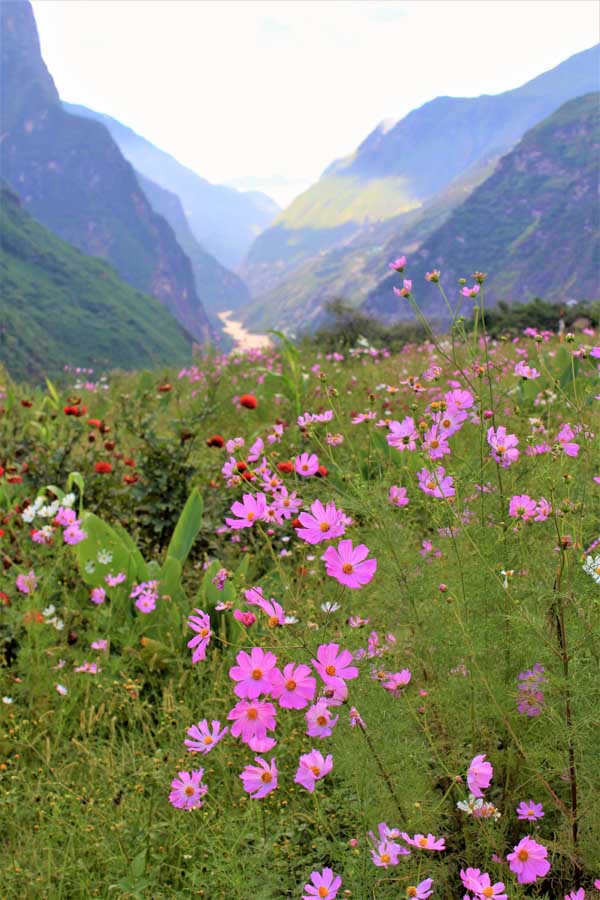
Unesco World Heritage sites in China
Hiking the Tiger Leaping Gorge
Voted as China’s best multi-day hike this UNESCO site is a must visit in Asia!
The Tiger Leaping Gorge is a spectacular national park in the south of China in Yunnan province. he first couple of hours of the hike on the upper trail are steep. Locals follow you with donkeys like vultures waiting for you to fail. Yet you will persevere and when the path flattens out you will be rewarded with incredible views. Rocky mountains, part of the mighty Himalayan range tower above you. Far, far below you see the mighty Jinsha River, a main tributary of the famous Yangtze River rushing through the valley. Continue through walnut groves, shady woods until you reach the Half-Way house. Linger here for a few beers and a good night’s rest. The next day you will experience the true force of the Jinsha.
Wake up to one of the best views you will ever wake up to and continue along the valley. Your hike today will include a few ladders! Climb down to the river across rickety bridges and hear the roaring waters pound their way through the gorge. See if you can spot where the tiger supposedly leapt across from. Groan a little as you realise you will have to climb back up the ladders and pay different locals for using them. Then feel proud of yourself when you reach the end of your hike for you have hiked one of the most epic trails in Asia.
Try and avoid the monsoon season as it is too dangerous on the thin paths. Best times to visit to see blue waters of the Jinsha is springtime. After the monsoon season the river is bursting and rather muddy but the weather is still like summer. Bring sun cream as the UV rays are very strong here year-round.
The high trail in the Tiger Leaping Gorge UNESCO World Heritage site is an incredible two-day hike full of variety and always with breath-taking views.
Check out Anna’s post on 10 must do hikes in China
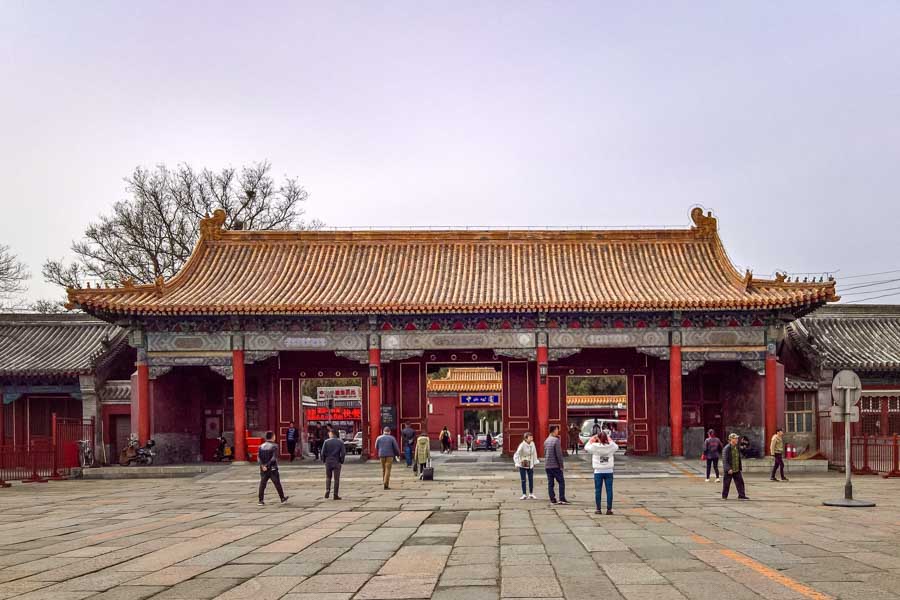
Discover the Top UNESCO World Heritage Sites in Asia and Immerse Yourself in History and Culture
Forbidden City UNESCO site
Forbidden City in Beijing is the former Imperial Palace and served as the residence of 24 Chinese Emperors from the Ming and Qing dynasties. Declared a UNESCO World Heritage Site in 1987, the vast palace complex currently houses a museum dedicated to preserving artifacts and relics of the imperial era. I visited the Forbidden City during my long layover in Beijing and thoroughly enjoyed visiting and learning more about this majestic palace.
The palace complex has over 90 majestic buildings, the most famous among which are the Hall of Supreme Harmony, Palace of Heavenly Purity, and the Living Quarters. The collections inside the palace buildings are diverse and include blue and white porcelain vases, ceramics, seals, jade sculptures, and magnificent paintings. There are also many objects used by the royal family in their day to day life. Watching all the artifacts is fascinating and provides a great glimpse of royal life in Imperial China.
The name Forbidden City comes from the fact that no one could enter the walled and gated Imperial Palace complex without express invitation of the Chinese Emperor. The palace is the largest as well as most well-preserved palatial structure in the world and hence added to the UNESCO Sites list as the largest collection of wooden structures. The best way to explore the Forbidden City is on a self-guided tour. I had a great time walking through the Forbidden City and taking in the traditional Chinese imperial architecture, ornate city gates, distinct sloping roofs, and the beautiful drawings of dragons and phoenixes.
By Ketki Sharangpani of Dotted Globe
Discovering Jiuzhaigou
Beautiful Jiuzhaigou is a must-visit on any China itinerary. The national park is home to strikingly blue pools and crashing waterfalls against a backdrop of evergreen firs. It’s located in the mountains of the Tibetan Plateau in the Sichuan province, about 8 hours by bus from Chengdu – the province capital.
Jiuzhaigou was sadly affected by a large earthquake in August 2017, and was closed to tourists for seven months while its safety was reassessed. It has been open since Spring 2018, but now only 2000 tourists are let in every day and they need to be in a tour – rates however, remain the same as they used to be for independent travellers.
Visitors to Jiuzhaigou can still enjoy most of its popular sites: Mirror Lake, Five-Colour Lake, Shuzeng Lakes, Long Lake and Nuorilang Waterfall are all still open for guests. Walking around the unbelievably azure lakes is a tranquil experience – and now only a tenth of the amount of tourists are allowed in each day, it’s a great time to visit!
Jiuzhaigou town is scenic and has a charming atmosphere – while it is small, there are enough facilities there for a comfortable stay. There are also many small Tibetan towns and Huang Long national park, which has spectacular pools with calcium carbonate deposits, giving them a unique colour.
Claire with Claire’s Footsteps
The Great Wall of China
The Great Wall of China is an epic feat of human creation. The majority of the wall, as it stands today, was built during China’s Ming Dynasty (1368 – 1644) and stretches for around 2000 miles (3000 km) from the ocean at Shanhaiguan in the East to the desert at Jiayuguan in the West. The wall was built along what was then the northern border of China to protect the country from Mongol invaders.
Since it was built to keep out intruders the wall itself served as China’s high ground snaking its way over mountain peaks and along ridgelines. Basically, the wall runs along the most inconvenient places to built such a structure, which is part of what makes it so incredible to visit in person.
The sheer scale of the wall is probably what is most impressive. The Great Wall stretches from east to west as far as the eye can see, a seemingly endless structure that you could walk on for miles without changing course. It’s also the only thing you can see for miles as the countryside around the wall has been left completely undisturbed.
There’s something so awe-inspiring about experiencing the contrast of natural and manmade. Hiking along the Great Wall, it truly feels like you’ve discovered an ancient treasure.
As the wall is around 2000 miles long, there are quite a few spots you can go to see it. Of all the spots I’d recommend visiting the Jinshanling section, one of the many Great Wall sections located outside of Beijing. Jinshanling is a 2 hour bus or car ride away from Beijing and it’s worth every minute in that car to get there.
Because it’s so far out into the countryside, by visiting the wall at Jinshanling you’ll get to experience the Great Wall crowd free while enjoying some of the best views in all of the wall’s 2000 miles. Plus, the Jinshanling section is only partially restored so you’ll get to experience some refurbished wall and some wild wall all in the same trip.
Cara with Crawford Creations.
Wulingyuan Scenic Area in Hunan
Unesco World Heritage sites in Japan
Mt. Fuji, Japan
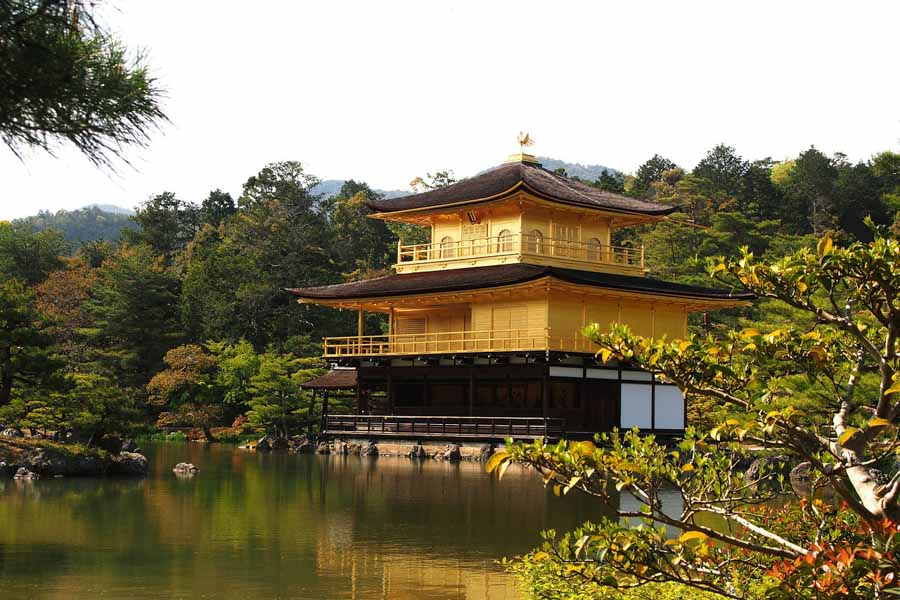
Exploring Kinkaku-Ji in Kyoto
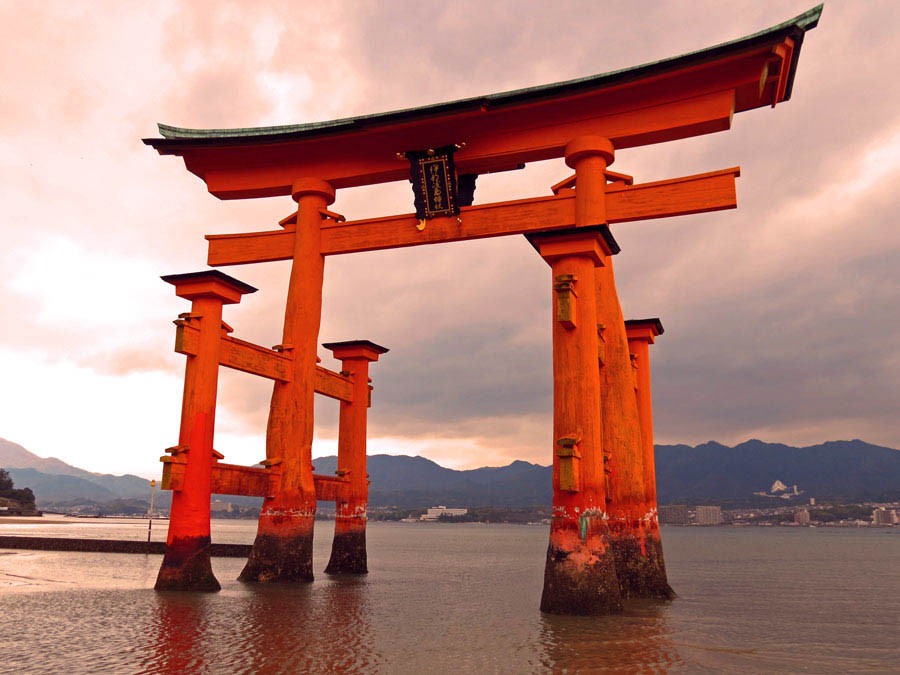
Itsukushima Shrine at Miyajima
The floating Torii gate of the Itsukushima Shrine is a popular sight in Japan. This gate draws many tourists to the island of Itsukushima which is more popularly known as Miyajima Island. It is a Unesco World Heritage Site since 1996.
The prime reason for a visit is the picturesque location of the Shrine. The Shrine sits harmoniously in between the mountains and the sea and radiates a certain attractive power from the moment you arrive by ferry. When you visit the Shrine you can’t do but notice the great eye for detail that was used when this Shrine was erected in the 12th century and meticulously rebuild twice afterward.
Both JR and Matsudai operate frequent ferries from Miyajimaguchi to Miyajima. The JR ferry is free if you have a Japan Rail Pass. JR ferries that run between 9am and 4pm make a small detour to give you a nice view on the Torii gate. Alternatively you could reach the island with direct ferries from Hiroshima Port and Hiroshima Peace Park.
Most people will state that the best time to see the gate is at high tide when it seems like it is floating on the water. I found it equally fun to walk towards the gate at low tide to take some close-up pictures. It all depends on your personal taste. The hours of low- and high tide are posted at the entrance of the ferry terminal.
Don’t just limit your visit to the Island to the Itsukushima Shrine. The colorful Daisyoin temple is like a hidden gem on the island and also worth a visit.
Check out Sylvia’s post on a 3 week itinerary to Japan.
The Shrines and Temples of Nikko, Japan
The sacred shrines and temples of Nikko are a stunning UNESCO World Heritage Site located a few hours north of Tokyo in the Tochigi Prefecture of Japan. Nikko has been a centre of Shinto and Buddhist mountain worship for centuries and the UNESCO site comprises a traditional Japanese religious centre with Shinto Shrines and Buddhist Temples. The complex of Tôshôgû and Futarasan-jinja Shinto Shrines and the Rinnô-ji Buddhist Temple contain over one hundred religious buildings which date back as far as the 17th Century.
The lavish Nikko Toshogu shrine and the mausoleum of Tokugawa Leyasu, the founder of Tokugawa shogunate, the last feudal Japanese military government, are among its most visited sites. The bright colours, the abundance of gold leaf and the intricate carvings make this UNESCO a stand out on the Japan temple trail. As well as being considered decorative masterpieces, the shrines and temples are set on the slopes of mountains making for beautiful natural surroundings.
One of the main shrines, the lavish Nikko Toshogu, was under refurbishment when we visited and we were invited to make an offering to be used in the structure of the new building – we take great pride in the fact that we’re now part of UNESCO World Heritage site!
To get to Nikko from Tokyo we rented a car at a rental close to Tokyo station and combined it with a visit to Hakone and Mount Fuji. Nikko is also accessible by train and it is possible to take a route which is covered by the JR Pass.
Elaine and Dave with Show Them the Globe
Natural wonders of Yakushima
Yakushima is hands down one of the best World Heritage Sites we have visited. It’s an island full of breathtaking natural wonders, from the forest to the sea, that will leave you in awe of Mother Nature.
The biggest draw to the island are the ‘yakusugi’ or Yakushima’s ancient cedar trees. They are thousands of years old and can have a circumference of up to around thirty meters! One of the best places to see them is at Shiratani Unsui Ravine, which was the inspiration for the Ghibli animation Princess Mononoke.
The island gets a lot of rain, so it is hard to avoid it completely, but most visitors go in summer, when although humid, is the perfect time for swimming and snorkeling, and the lush forests provide welcome respite from the direct sun. After the rainy season is over from around mid-July is ideal, but try to avoid the busy Obon week in mid-August if at all possible.
Yakushima is also blessed with an incredible number of sea turtles and from late April to late September, you have the chance of observing the egg laying and hatching. For those wanting to do long hikes, the autumn months of October and November are popular for the more comfortable temperatures.
Yakushima can be accessed by plane or ferry. There are no direct flights from Tokyo, but you can take a flight to Kagoshima and then either fly or take the ferry from there. You can get from Kagoshima to Yakushima on the high-speed ferry in under 2 hours.
Check out Jessica’s post about things to do in Yakushima of Notes of Nomads
Unesco site at Nara

Hiroshima Unesco site
When visiting Hiroshima, on the surface it appears to be another regular city in Japan. However, there is a stark reminder of the atrocity that occurred here on August 6th, 1945 – the A-Bomb (Genbaku) Dome. Once the Prefectural Industrial Hall, it was the only structure to have survived the atomic bombing on that fateful day as the bomb detonated directly on top of it. This along with events that followed makes it a must-see UNESCO site in Asia.
Designated as a UNESCO World Heritage Site in 1996, it’s almost unimaginable to think 70,000 people were killed instantly and tens of thousands sustained radiation-related injuries in this city. Through preservation work, the exposed steel and brick structure standing today is how it was directly after the bombing, now acting as a memorial to those who lost their lives.
It’s quite humbling to visit the Hiroshima Peace Memorial at any time of day, but it’s especially best to visit around dusk when the building is illuminated by light, reflecting into the river below. You can’t help but be moved by the A-Bomb Dome’s story, as with stories of individuals at the nearby Hiroshima Peace Memorial Museum.
The A-Bomb Dome is free and easily accessible from anywhere in Hiroshima via tram or foot due to its central location within the city. Its survival despite the odds makes it an everlasting symbol of hope for world peace. Be sure to add it to your Japan itinerary!Alyse with The Invisible Tourist.
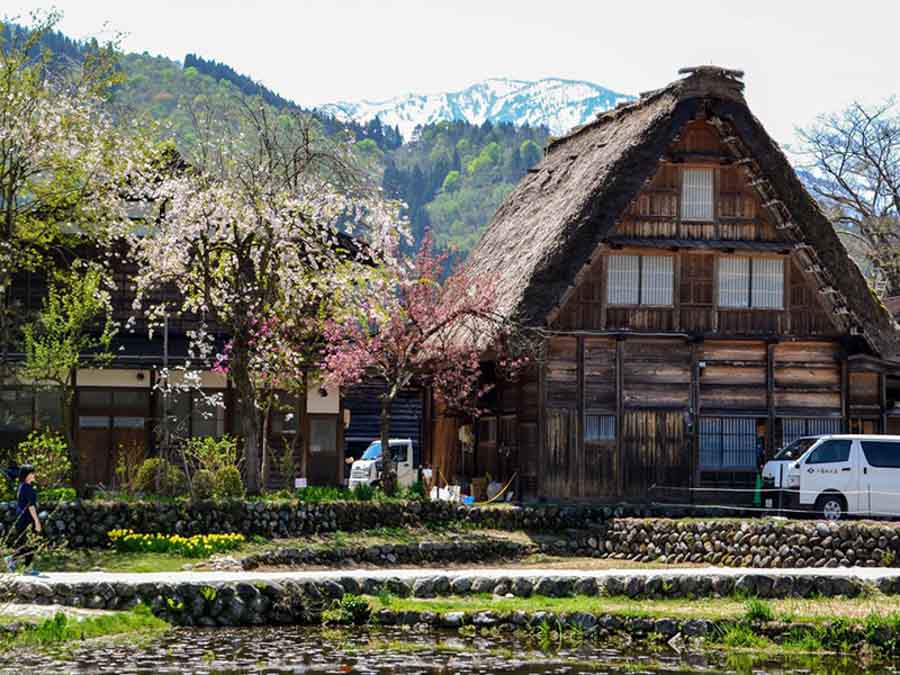
Shirakawa-Go Unesco Village
Allan Wilson‘s with Live Less Ordinary
Unesco site at Kiyomizu – Dera
Kiyomizu-dera is a Buddhist temple located in the eastern part of Kyoto. This temple is included in the UNESCO World Heritage sites because it’s a part of the ancient historical buildings of the region.
Kiyomizu-dera is definitely one of the must-see temples when visiting Kyoto. The best time to visit this temple is during the cherry blossom season during late March to early April. Check the cherry blossom forecast for the year before you head out. The white and pink cherry blossoms create a striking contrast against the bright orange of the pagoda at the temple which looks stunning. The other option is to visit it during the fall when the leaves change color. The orange/yellow leaves of the Maple trees look great against the black color of Kiyomizu-dera. Especially, at night, when the trees are illuminated the fluorescent orange gives it a fiery appearance.
To get to the temple, you can take the 206 bus from Kyoto Station and walk from Kiyomizu-michi for about 10 to 15 min. The walk is a bit uphill but the rise in elevation is not too bad. Besides, there are local shops along the way that you can stop at and have fun exploring.
Alternately, you can read my post on a better, less explored route to get to Kiyomizu-dera. I prefer this route as it’s not touristy and very peaceful. You won’t miss out on the shops at Matsubara Dori, as you can explore the shops on your way down from the. I think it’s the less explored routes that give more flavor to your travels.
Pari with Traveling – Pari
The Koyasan Choishi Michi Pilgrimage Trail
About the trail:
Not many people have heard of the Koyasan Choishi Michi Pilgrimage Trail and neither had I until a friend of mine who lived in Japan told me about it. The Choishi Michi is a Pilgrimage Trail in the Wakayama Prefecture of Japan.
The Koyasan Choishi Michi Pilgrimage Trail is a unique hike because the 24-kilometer trail is marked by 180 stone signposts (or chôishi) set at 109-meter intervals. The hike starts at Kudoyama station and end at the ancient Okunoin cemetery (there are over 200.000 tombstones!). The hike takes between 5-7 hours and ascends 800 meters in total.
When to go:
Spring and autumn are good times to hike the trail, especially if you are lucky enough to see the fall foliage. I did the track in May and though it was foggy, the temperature was a comfortable 18 degrees Celsius, perfect for hiking.
How to get there:
The easiest way to get to Kudoyama, the starting point of the Koyasan Choishi Michi Pilgrimage Trail, is by train from Osaka. You can buy a 2-day Koyasan Heritage ticket which includes the train ride from Osaka to Kudoyama (or Gokuraku-bashi if you don’t want to hike), the cable car up to Mount Koya and all the buses in Koyasan and the return journey.
Check out Lotte’s post on Koyasan Choisi Michi Pilgrimage trail from Phenomenal
Unesco World Heritage sites in Korea
A visit to Gyeongju
Changdeokgung Palace
Changdeokgung Palace consists out of a public area where you can find traditional houses, a royal family residence and a beautiful garden. This garden is also known as the Secret Garden. To truly embrace the beauty (and take lots of pretty photos) you need plenty of time to explore this place.
The best time to visit Changdeokgung Palace is during Spring, as there’re cherry blossoms all around the compounds. The palace is located pretty central and can be reached by the subway, bus or taxi. If you take the subway, use Seoul Subway Line 3 and get off Anguk Station (exit 3). For the bus you need to get off at Changgyeonggung Palace Bus Stop.
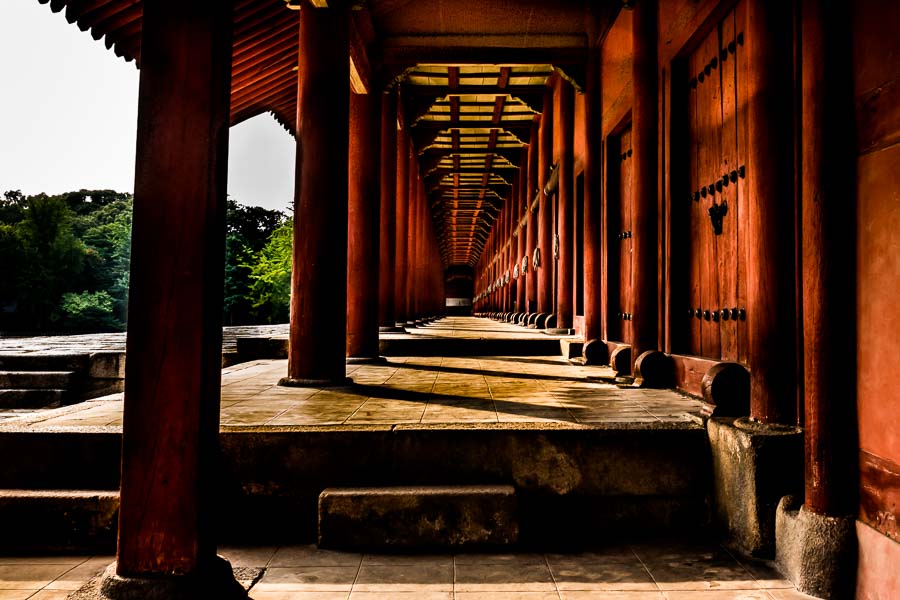
Visit to the Jongmyo Shrine
The Jongmyo Shrine in Seoul is a Confucian shrine that was built to serve as the venue for the memorial services of the Korean dynasty that ruled from the 14th to 19th Century.
The rooms house the “tablets” which pertain to the dead kings and queens, and the long row of rooms is not open to the public.
As shrines go, it is rather plain on the outside, with none of the riot of color and figures we have seen in other Confucian shrines. But perhaps, this is a function of its purpose to honor the dead. It’s almost more of a mausoleum than a temple. As one of the didactic signs said, the site is not overly adorned, it is meant to evoke solemnity, piety, and sublimity.
The buildings are nestled in a wooded park setting at the edge of bustling modern Seoul. The site serves to this day as the staging points for the rituals that honor the dead kings and queens.
This building, which is the main repository of the tablets, was built in the late 14th Century, and rebuilt in the 17th Century after being destroyed by Japanese invaders. The tablets were preserved, though, because they were hidden from the Japanese.
At the time of its construction, this was said to be the longest building in Asia.
Tom and Kristin with Travel Past 50
Unesco World Heritage sites in Nepal
Nature at Sagarmatha National Park
Sagarmatha National Park is one of Nepal’s UNESCO sites. Although for some people it might not sound familiar, it is home to Mount Everest, as well as to the Sherpa people. It’s an impressive region filled with snow-capped mountains, glaciers, and wildlife.
If you have ever dreamed of seeing the world’s highest mountain, then a trek in the Sagarmatha National Park is a must. The best seasons to visit are spring and autumn, with spring spoiling you with colorful Rhododendrons and autumn with its clear skies.
The entrance to the park is in Monjo village. To reach Monjo, you can take a scenic and short flight from Kathmandu to Lukla and from there trek one day to Monjo. And from Monjo, you can continue trekking all the way to Everest Base Camp. You can also choose to start trekking from Jiri, by taking a bus or a jeep from Kathmandu to Jiri. This route, however, is longer, as it takes you around 5-6 days to get from Jiri to Monjo.
The Everest Base Camp trek provides incredible views over the giants of the world and also an immersion into the fascinating culture of the Sherpas, a minority practicing Tibetan Buddhist and known for their climbing skills.
Check out Andra’s post on a trek through Mt. Everest base camp.
Birthplace of the Budddha at Lumbini
Located in the Southern part of Nepal at Lumbini, the Buddha’s birthplace is a significant pilgrimage site with many monasteries from around the world dedicating their temples and buildings in their own style to the Buddha and Buddhism. The site for the Buddha’s birthplace retains many original features including the main temple, grounds with significant trees and gardens and other important monuments. Along with visiting the historic site, you can also visit the various international monasteries and see their unique architectural buildings and treasures. Check out more images and details to visiting this Unesco site at Lumbini here for more inspiration.
Unesco World Heritage sites in India
Humanyun’s Tomb
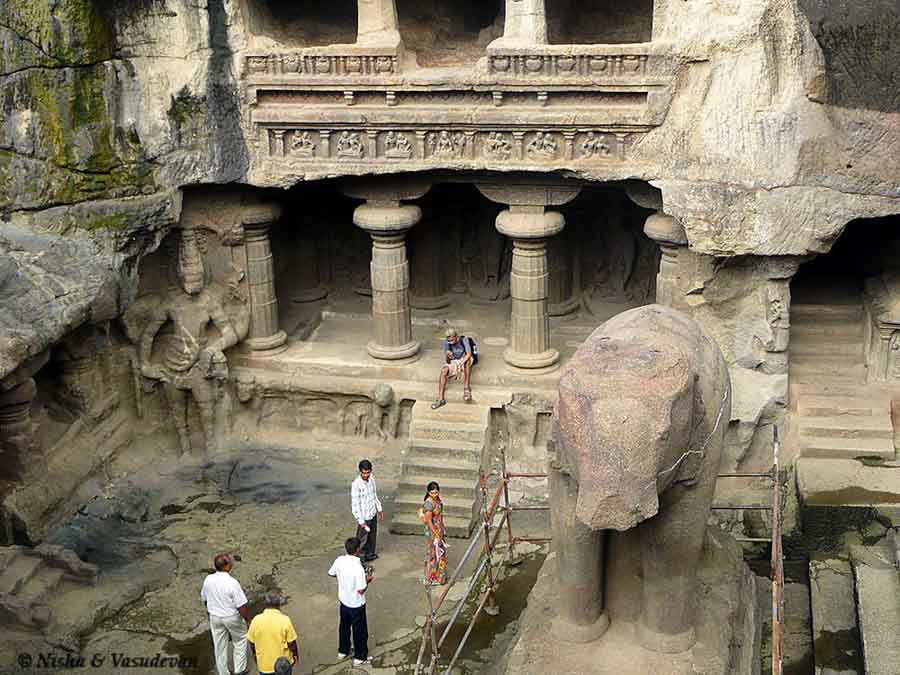
Fantastic Ellora Caves
If you are interested in history & architecture, you should definitely include Ellora caves in your itinerary. These caves bring the civilization of ancient India to life. There are 34 monasteries and temples, in over more than 2 km. These were dug side by side in the wall of a high basalt cliff, not far from Aurangabad, in Maharashtra.
Located at 40 Kms from Aurangabad, Ellora Caves is a World UNESCO Heritage Site and the most visited ancient monument in Maharashtra State of India. These caves have an influence of Buddhist, Jain and Hindu monuments as the complex includes both Buddhist monasteries as well as Hindu and Jain temples.
Here, most of the Hindu, Buddhist and Jain cave temples were built during 6th and 9th centuries when the dynasties of Kalachuri, Chalukya and Rashtrakuta ruled. The five Jain caves at Ellora belong to the ninth and tenth centuries.
There are flights from Mumbai, Goa and other parts of India to Aurangabad. And from there you can hire a taxi which takes around 45 minutes one way. You can easily spend around 4-5 hours to see all the caves. You can either make it a day trip from Aurangabad or stay in some nice hotels in Ellora itself.
Any time is a good time to visit Ellora caves. The caves are numbered and you can visit them one by one. Just don’t forget to visit cave no. 16 which has Kailasa Temple and is most popular. Aurangabad is also connected by train.
Nisha and Vasu with Lemonicks
Unesco site at the Western Ghats
Although India is home to several UNESCO World Heritage Sites, few are as unique as the Western Ghats. Also known as the benevolent mountains, or Sahyadri, the Western Ghats are a mountain range in estern India. They occupy an area of land reaching from Gujarat over Maharashtra, Goa, Karnataka, and Kerala all the way to Tamil Nadu. Not
only is it absolutely beautiful, the Western Ghats are also one of the most important hotspots for biodiversity in the world and are home to at least 325 threatened species. As such, they have been a designated UNESCO World Heritage Site since 2012.
Many explore the Western Ghats from one of the many hill stations left behind by the British. The most famous one is, without doubt, Ooty, Tamil Nadu. Surrounded by lush green forests, it is a popular honeymoon destination among Indians. It is also a popular base for exploring Mudumalai Tiger Reserve. Those interested in tea should stop
by the town of Munnar and explore the tea plantations or even the tea museum. However, if you want quick and easy access to the Western Ghats, you can base yourself in either Mumbai or Pune. From Pune, some of the most beautiful views are less than a 2-hour drive away, such as Tamhini Ghat with its rushing waterfalls, lush forests, and friendly wildlife.
Check out Jacky’s post on best places to visit in Pune.
Taj Mahal UNESCO world heritage site
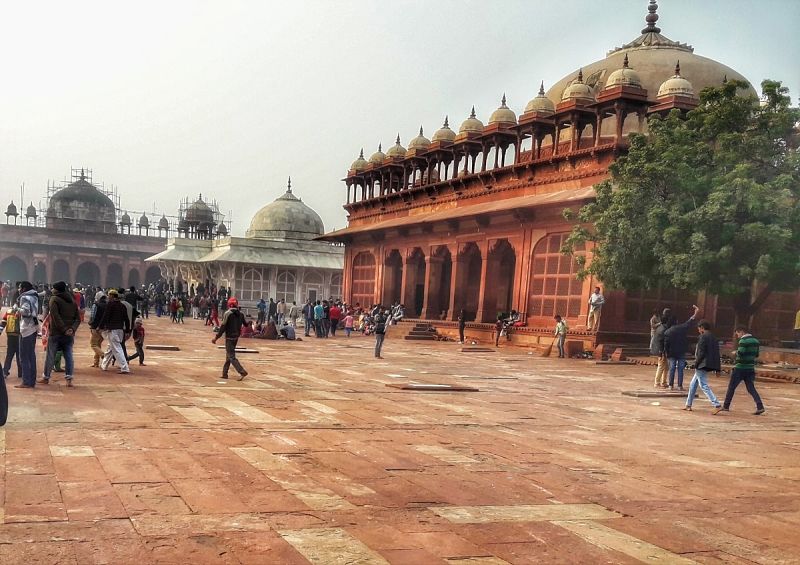
Top Unesco Sites to Visit in Asia – Fatehpur Sikri (India)
Built around the 16th century by Emperor Akbar, Fatehpur Sikri, a short-lived capital of Mughal Empire echoes the stories of the bygone era. The city envelops the prominent historical monuments and ruins of Mughal era that earned it a status of UNESCO World Heritage Site. The monuments are built of red sandstone and display a fine blend of Hindu, and Mughal architecture. The ruins beautifully reflect the rich culture and traditions of the Mughal era.
The most significant structures include Diwan-E-Khas, Diwan-E-Aam, Tomb of Salim Chishti, Panch Mahal, Jodha Bai Palace, Birbal Bhawan, Jama Masjid, Buland Darwaza, Ibadat Khana, and Hujra-I-Anup Talao. Fatehpur Sikri is a treat for heritage and photography lovers.
Winter (November – March) is the best time to visit Fatehpur Sikri. It gets painfully hot during summer. Fatehpur Sikri is just 36 km from the famous town of Agra and can be easily visited as a day trip from Agra by bus, train or cab.
Travel Tips for visiting Fatehpur Sikri –
- If needed, hire a qualified guide only. You’d find them at the ticket counter.
- You’re not supposed to wear footwear inside the complex. Carry a plastic bag with you in which you can keep your footwear and take it along with you.
- Never plan on weekends. The best time to visit is on a weekday.
- If you are visiting during summer, go early in the morning when the sun is not yet hot.
- Always have bottled water with you.
- Stay away from street hawkers around and inside the fort. They swarm like vultures over a corpse. Evasive men who approach you trying to be a Good Samaritan – Shun them!
By Anjali Chawla with Travel Melodies
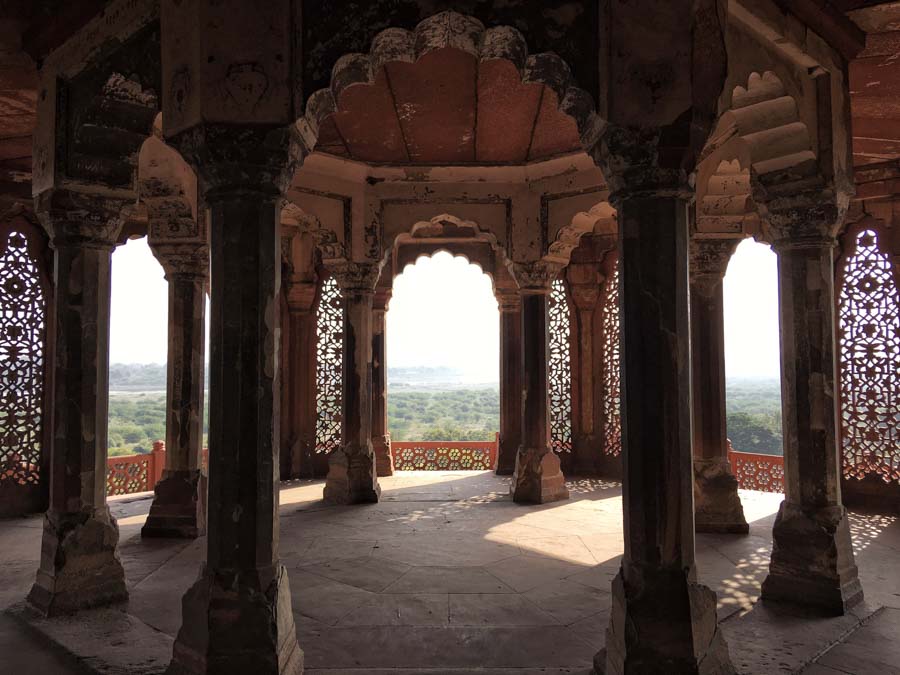
Agra Fort
The overall impression visitors get is that of an incredibly pleasant, quiet place that is nice to discover a little bit at a time, especially if coming from the overly crowded Taj Mahal.
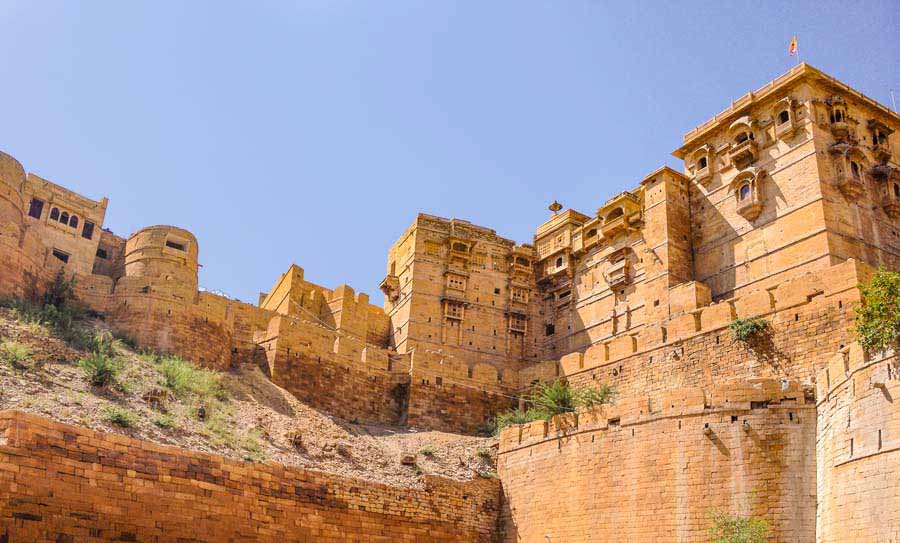
Unesco site at Jaisalmer fort
Jaisalmer, also known as the Golden City, seems to transport you to another era. Remotely located close to the Pakistani border at the state of Rajasthan, India, the town is a hidden gem in Asia. With ancient constructions made of sand bricks (thus, the name) and a historical fort at the top of a hill, the town offers as much authenticity as it offers unique experiences. There are several hotels and rooftop restaurants with a beautiful view of the fort, which was built in 1156AD. Unlike other forts in India, it is filled with shops selling antiques and handicrafts, as well as ancient homes called havelis.
The fort is declared a UNESCO Heritage Site under the Hill Forts of Rajasthan since 2013.Not only the fort is worth a visit, but driving through ghost towns, doing camel safaris and sleeping in tents or under the stars at the That Desert are unforgettable experiences as well.
Jaisalmer can be reached by plane, train or buses from Delhi, Jaipur or other cities in Rajasthan. The overnight train from Jaipur takes 12 hours tp to arrive, and transportation within the city is easily available. Tuk-tuks are a common option, although the city is not big and can be explored walking, for those who prefer. Motorcycles can be rented as well.
The best time to visit the town is during the winter, between November and March, when the temperature varies between 7 and 24 degrees Celsius. The weather is pleasant, although the cold in the desert may not be favorable to stargazing at night. From April until August the weather is extremely hot, and not ideal for sightseeing. September and October are monsoon months in the area, although the proximity to the desert means there is little rainfall, and tourists are more frequent in these months.
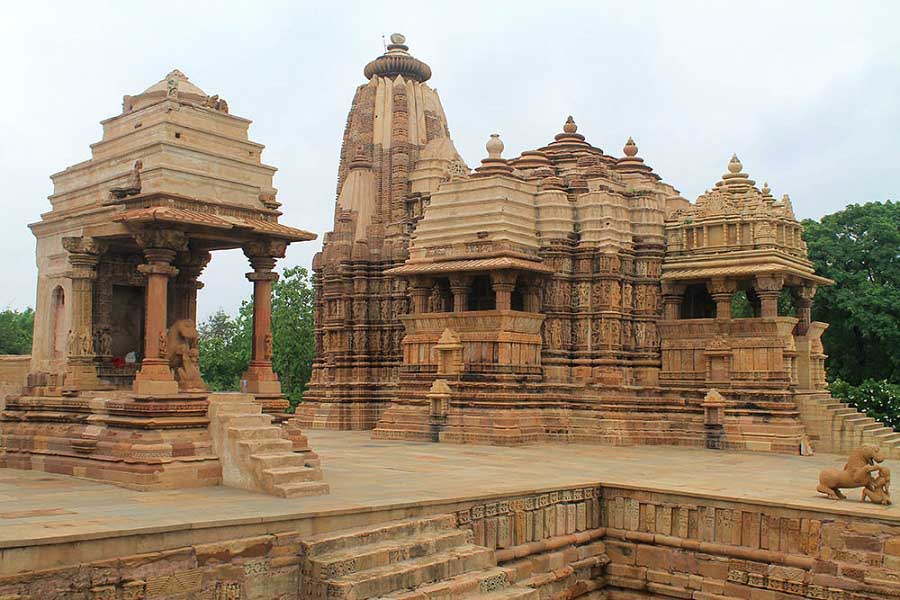
A visit to Khajuraho
Have you heard of erotic temples in India? With hundreds of surrounding sculptures depicting scenes of lust and desire, the temples of Khajuraho enchant visitors with its intricately crafted display of sexual scenes. Think the Kamasutra (a sacred Hindu text on sex) in 3D.
Located in Madhya Pradesh, the Khajuraho group of monuments is a series of enthralling temples built during the Chandella dynasty between 950 and 1050. Declared a UNESCO World Heritage Site in 1986, Khajuraho’s remaining 22 temples (there were once 85) offer some of India’s most magnificent ancient architecture. They also hold some of India’s most extravagant displays of erotica. The temples’ intricately carved sculptures graphicly show themes of sex and pleasure featuring men, women and animals. The attention to detail is truly incredible and some scenes are what some people would consider outrageous. The artists didn’t hold back with threesomes, orgies and inconceivable sex positions. It was truly fascinating. A visit to Khajuraho is not all about sex though as these temples were after all built for worship to Hindu and Jain gods. If you’re travelling in India, take a trip to the temples of Khajuraho, where sexuality and religion intertwine.
Check out Gia’s post on the erotic temples of Khajuraho
The Great Living Chola Temples
The Great Living Chola temples is a group of 3 temples in Tamil Nadu, South India and are collectively designated as a UNESCO world heritage site. The three temples are the Brihadisvara temple in Thanjavur, the temple of Gangaikonda in Cholapuram and the Airvatesvara temple in Darasuram. There is a distance of around 30-40 km between each of them. I have been to 2 of them (Brihadisvara and Airvatesvara) and both of them are among the most well-maintained temples in India. The architecture dates back to the 12th century and the intricacy of the work is marvellous. If you are driving, then it is around 5 – 6 hours from the nearest cities of Chennai or Bangalore. Alternatively, you can take a train from Chennai to Thanjavur and then catch a cab to see all the three sites in a day.
Soumya with Travel Books and Food
MAHABALIPURAM, INDIA
One of the most amazing UNESCO sites that I have been to in India is Mahabalipuram. Unlike many UNESCO heritage sites, Mahabalipuram isn’t just a single landmark. In fact, there are many places to visit in Mahabalipuram and I would go so far as to say that it is a collection of landmarks from a bygone era. Located on the east coast of India in a state called Tamil Nadu, Mahabalipuram lies on the coast. It is a drive away from Bangalore or Chennai, both popular metropolitan cities of the country and it certainly is worth the trip.
Most people start out their day by heading to the shore temple to catch a glimpse of it at sunrise. One could not ask for a more peaceful place. The shore temple isn’t the only thing that one must visit. A huge park in the city holds the remains of an ancient city. Intricately carved rock faces, temples, an oddly balanced rock and a lighthouse are popular attractions. While it is a UNESCO site, you will find that it is also a great place to spend an evening. You will find that all the locals who are not lounging on the beach, come here with their kids. If you do visit the park, climb up to where the light house stands, and you will find the view gorgeous especially if you visit on a clear day.
Penny with Glove Trove
The Valley of Flowers
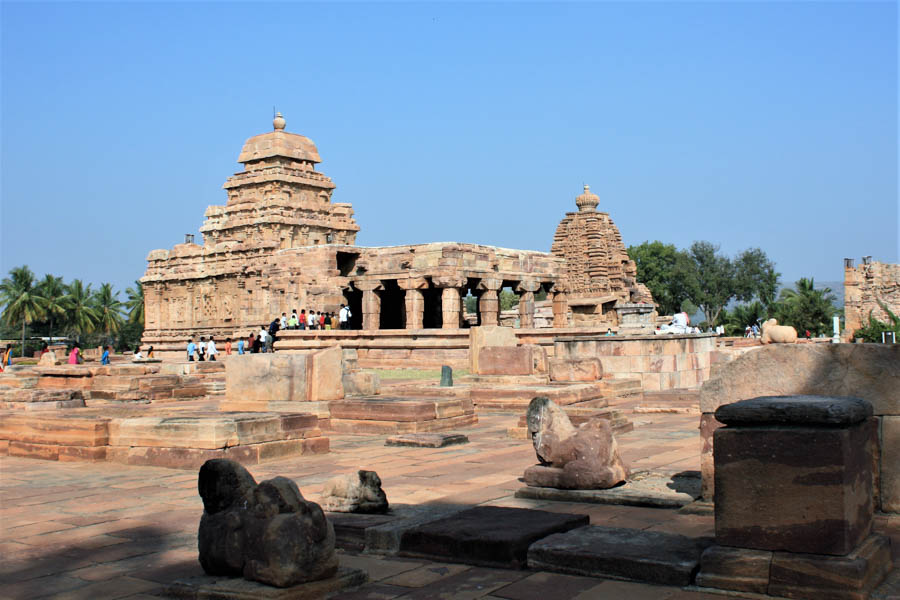
Group of Monuments in Pattadakal
There is a cluster of richly sculpted monuments in Pattadakal, Karnataka, south of India. It is a good mix of Hindu and Jain temples which makes it very interesting. All these temples were built during early medieval period that is between 7th and 8th century AD by the kings of Chalukya dynasty. There is a mix of different architectural styles and different religions. They all must have lived in good harmony then I think.
Only the Virupaksha temple here is still active with live prayers being offered regularly. The sculpted figures in the Hindu temples speak stories from Vedas, the Ramayana, the Mahabharata, and also from other Hindu texts like the Panchatantra. For the photography enthusiasts this is a good place to capture the essence of the religious mood that existed then.
It takes almost an hour to tour the whole Pattadakal complex. Try reaching in the early hours of the day as the place has no shade at all and can get quite hot. Temple timings: Sunrise to sunset.
All the monuments are protected and enclosed within a compound wall. Entry fee is Rs.30 per head for Indians and citizens of SAARC Asian countries. It is Rs.500 per head for other foreigners. Guide charges are extra.
There is ample parking space outside the compound. No fast food eatery around but if you like to taste local cuisine you will get plenty of options at very reasonable rates.
Pattadakal is closest to Goa, Mumbai and Bangalore in that order. You can hire private cars to reach by road. Best time to go is October to February when it is relatively cooler.
Thanks and Warm Regards,
Indrani Ghose with I Share These
Amber Fort in Jaipur, India
Amber Fort is one of the six Hill Forts of Rajasthan declared, as a unit, UNESCO World Heritage Site in 2013. Dating back to the 16th century, it was named after the Goddess Amba, the Goddess of Earth & Fertility. It stands on a hill overlooking the capital of Rajasthan, Jaipur, and after the Great Wall of China and the famous Kumbhalgarh Fort, Amber Fort is the third largest Wall in the world.
The Fort is huge, and you could easily spend a whole day there, but if you are tight on time, don’t miss the Sheesh Mahal or Mirror Palace. The interior is decorated with mirror mosaics and coloured glasses and it’ll make you feel like you are inside a jewelry box. The Diwan-i-Khaas or Room of Private Audiences is not to be missed either, with its marble columned hall and its scalloped arches. Or the Saffron Garden, which looks like it’s floating over the waters of Maota Lake.
Amber Fort is a very popular place to visit, and it receives almost 5,000 visitors every day, so expect to encounter crowds. To minimize this, try and visit firs thing in the morning, but even so there is no guarantee that it will be crowd free.
Tip-Getting a taxi from Jaipur is the most convenient way to reach Amber Fort, but you can also get a public bus to Amber from Ajmeri Gate and MI Road which will get you there in about 20 minutes.
Unesco World Heritage sites in Sri Lanka
Sigiriya Rock
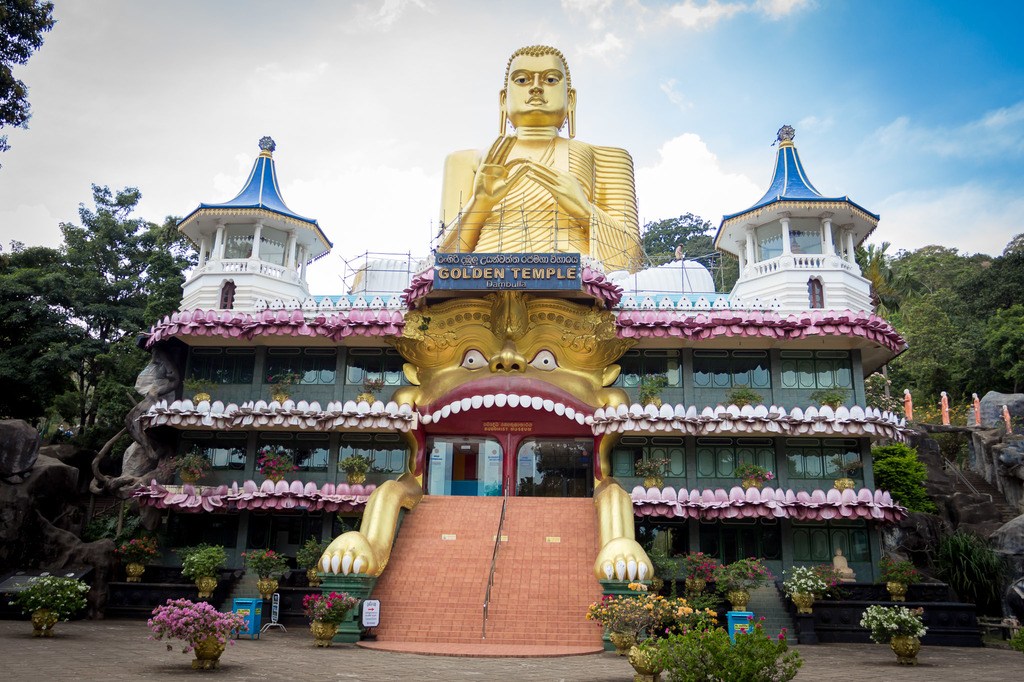
Golden Dambulla Cave Temple in Sri Lanka
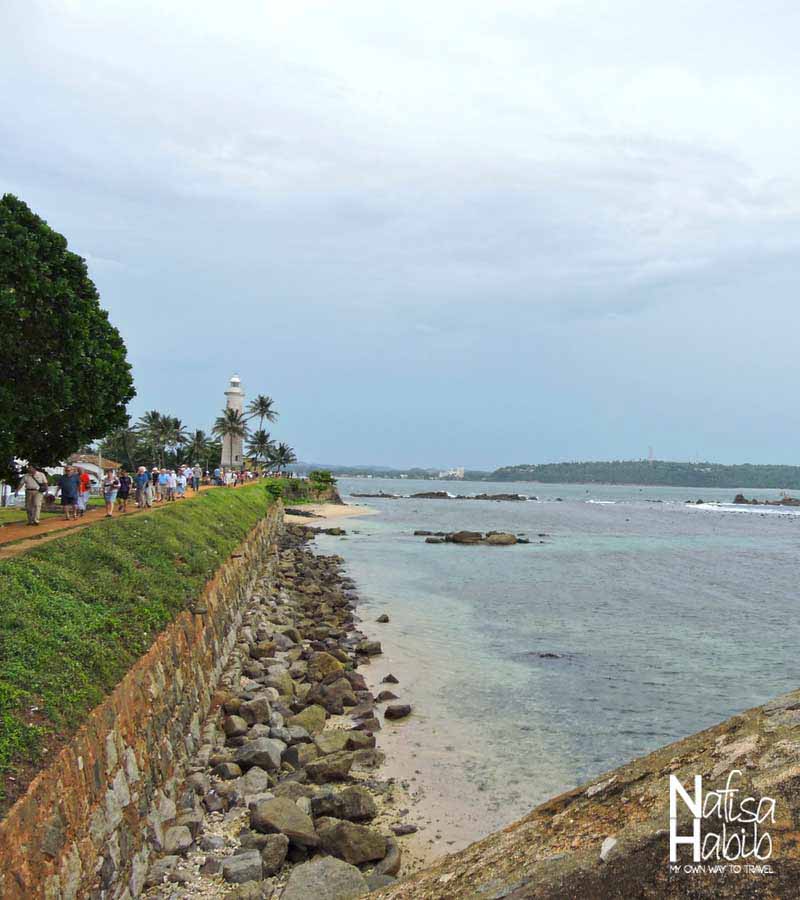
Galle – Top UNESCO Sites To Visit in Asia
Galle, the popular tourist destination in Sri Lanka, became one of the top UNESCO World Heritage Sites in Asia. The oldest Galle city is located in the southwestern part of Sri Lanka. The city established by the Portuguese in the 16th century. The Galle Dutch Fort or Galle Fort is the main attraction among tourists here. Galle Fort is the largest European fort in South Asia, and this is for why Galle got the vast popularity and listed as UNESCO’s Cultural Heritage Site in 1988. Every year many European to Asian come to visit this oldest fort in Galle.
Galle is just 119 km away from the capital city of Colombo in Sri Lanka. It is possible to make a day trip here. Moreover, there are also many hotels and restaurants nearby the fort in the city. It is easy to take a taxi or bus to reach the fort within two hours from Colombo. The best time to visit this one of the top travel destinations in Sri Lanka in between March to May to avoid the monsoon in southwest Sri Lanka. The must-visit Galle Fort is open always for tourists, and no admission fee require to visit.
The landscape beauty of the entire Galle fort is very stunning for the Indian Ocean. The lighthouse is the top attraction in the Galle Fort, and there is also one oldest church, mosque, and museum to explore. You’ll enjoy exploring by walking. It is just amazing to see the breathtaking view of the Indian Ocean from the fort wall and also one of the beautiful destinations for photography.
By Nafisa Habib from My Own Way To Travel
Temple of the Sacred Tooth Relic in Kandy, Sri Lanka
Sri Lanka, also known as the Emerald Island, has no less than 8 UNESCO World Heritage sites. In such a small island, it’s a high concentration of unique culturally-rich sites! Kandy is the historical and cultural capital of Sri Lanka and an absolute must when visiting the island. The Temple of the Sacred Tooth is one of the holiest places in Sri Lanka and of significant importance in Buddhist life. Unlike many sites in India, Buddhist temples in Sri Lanka are places of live worship, with a large attendance. The Temple of the Sacred Tooth is in the centre of Kandy, a few hours’ drive from the capital Colombo. The roads in Sri Lanka are incredibly busy and I really enjoyed the comfort of a chauffeur-driven car. Our driver also doubled as a guide, which was really handy in navigating the crowds within the temple. A tooth of Buddha is held in a gold casket and duly revered by crowds of pilgrims, especially pregnant women and young mothers.
A visit to the Sacred Tooth Relic is a most interesting cultural experience as well as an opportunity to observe traditional architecture and the most refined art work. As in every Buddhist temple, you need to remove your shoes at the entrance, and there is a well organised ticketing system. You can also buy flower offerings when entering the site. A couple of hours onsite is a minimum but it’s easy to stay at least half a day. Indeed, a great thing to do is to simply observe the pilgrims wandering around the temple and you’ll get a great insight into local life!
Check out Delphine’s post on visiting the temple tooth relic at Kandy
Unesco World Heritage sites in Thailand
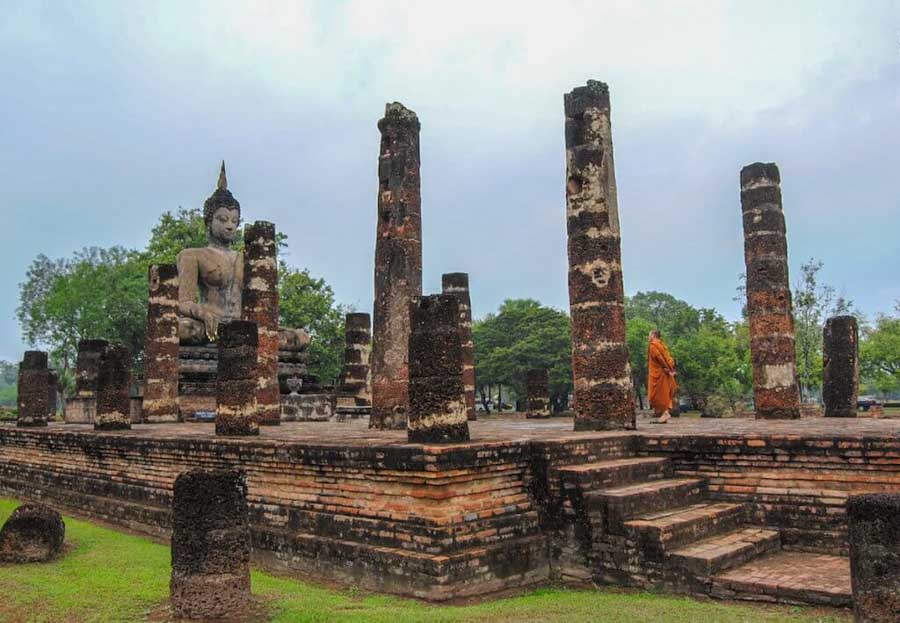
Sukhothai Historical Park
“Sukhothai Historical Park is a UNESCO World Heritage Site that is divided into 3 sections of wats, stupas, and temples. Most of the main attractions such as Wat Mahathat and Wat Si Wai are in the center. Prior to my visit, I’d heard that the ruins of Sukhothai warranted a look, and were even impressive enough to rival some of the ruins in the Angkor Wat complex. I am definitely glad that I stopped by, because it was indeed impressive.
I rented a bicycle from the hostel I was staying in, and departed for the park with people I met at the hostel early in the morning. For the most part, we were the only tourists around. Compared to other UNESCO World Heritage Sites in Southeast Asia I’ve been to, such as Angkor Wat, Sukhothai Historical Park seems like a far-lesser-visited destination on the tourist track, which I always find immediately attractive. I spent the day marveling at the ruins and saying hello to the friendly locals. After visiting popular cities like Bangkok and Chiang Mai, Sukhothai certainly felt like a breath of fresh air.
From Bangkok, you can take a train or bus to Sukhothai. Most hostels are located close to the site, and most people come to this little pocket of Thailand with the same goal in mind, so it’s easy to find yourself some buddies to discover the site with. Sukhothai makes a short and sweet stay before departing up north for Chiang Mai.”
Kristin Addis with Be My Travel Muse
Unesco site at Khao Yai Forest Complex
The Dong Phayayen – Khao Yai Forest Complex stretches from Thai/Cambodian border to Central Thailand. This UNESCO Heritage Site comprises four National Parks and a Wildlife Sanctuary with the combined area of 6,152 square kilometres.
The easiest part of the complex to explore is the Khao Yai National Park. Located only 180 km from Bangkok, Khao Yai is one of the best places to see wildlife in Thailand. Most tour agencies in Bangkok offer day tours to Khao Yai. Alternatively, you can make your own way to Pak Chong and stay in the park for a few days.
In Khao Yai, you start seeing wildlife as soon as you drive through the park’s gate. Pig-tailed macaques squabble on the side of the road, White-handed gibbons and Giant squirrels munch on fruit up in the canopy and Sambar and Barking deer browse on the grassy lawns.
As you drive around the park, you have a good chance to spot the endangered Asian elephants and the magnificent Great hornbills.
One of the most epic wildlife spectacles in Khao Yai happens at dusk, as two million Wrinkle-lipped bats emerge from their cave to hunt insects at night. Watching the bats spill over the countryside while the birds of prey try to snatch a few of them for dinner, is like being in a David Attenborough’s documentary.
Khao Yai is not only about the wildlife, of course. It protects the largest primarily intact monsoon forest in South East Asia. The park is home to a number of waterfalls, including the 20m-tall Haew Suwat, immortalized in the Danny Boyle’s film ‘The Beach’.
So, if you would like to experience Southeast Asian rainforest and its inhabitants on your trip to Thailand, visit Khao Yai National Park and spend a day in the jungle.
Check out Margarita Steinhardt’s post on Wildlife in The Khao Yai forest complex
Ayutthaya Historical Park
While planning my trip to Thailand last year, several people told me to only spend 1-2 days in Bangkok. However, during my research I came across Ayutthaya Historical Park. I realized that this UNESCO World Heritage Center is home to Wat Mahathat AKA Temple of the Great Relic. One of the most recognizable images from Thailand is located here. It consists of a Buddha head entwined in the roots of a tree. I decided to add an extra day to my Bangkok itinerary in order to explore this area. Ayutthaya is located north of Bangkok. It takes about 1 ½ hours by car. We opted for a private tour with a guide. After our tour, we took a lunchtime cruise down the Chao Phraya River from Ayutthaya back to Bangkok.
Ayutthaya existed from the 1300s to the 1700s. It was the 2nd capital of the Kingdom of Siam. In 1767 during one of many wars with Burma, the Burmese invaded Ayutthaya and burnt it to the ground. The monasteries, temples and statues that remain are mind blowing. Wat Yai Chai Mongkhon, Wat Lokaya Sutha, Wat Phra Si Sanphet and Wat Mahathat are not to be missed. Give yourself at least 2 hours to explore this incredible place. It does get crowded and hot so the best time to visit is in the morning.
Nadeen White with The Sophisticated Life
Unesco World Heritage sites in Indonesia
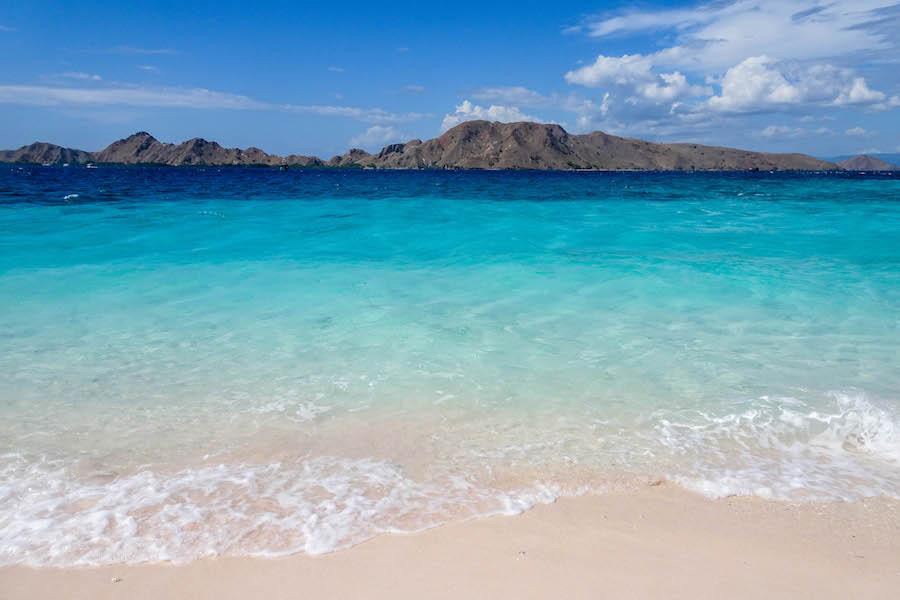
Exploring Komodo National Park
The Komodo national park in Indonesia is probably one of my favorite places in whole Asia – the nature there is simply breath-taking! Komodo is located next to the island of Flores, east of Indonesia’s most famous islands such as Bali and Lombok. To reach Komodo national park, you could either do a 4-day boat cruise starting in Lombok or you take a short flight to the airport in Labuan Bajo, Flores. Since the boat tour is supposed to be quite rough, I decided to take the flight and used Labuan Bajo as my base to explore Komodo.
In order to see the Komodo national park, you can do several one day- or multiple day-trips from Labuan Bajo and I decided to go on a 3-day cruise with Flores XP Adventures, which I can highly recommend. In the following 3 days, my group explored the best of the Komodo national park. We stopped at the islands of Rinca and Komodo to see the famous Komodo dragons, we went for a sunset hike on the stunning Padar island and we had enough time for diving, snorkelling and to enjoy the beautiful beaches.
Komodo is especially known for its world-famous diving and I had hands down the best diving experience I could imagine. Visibility was great, the water is full of colourful fish, I’ve spotted several turtles and at I was even able to dive with huge manta rays. In case you don’t have your diving license – the people on my boat who went snorkelling had an equally great experience. While Komodo is most known for the dragons, the underwater life is what makes the national park truly magical!
Check out Patrick’s post about backpacking in Indonesia
Unesco site Prambanan
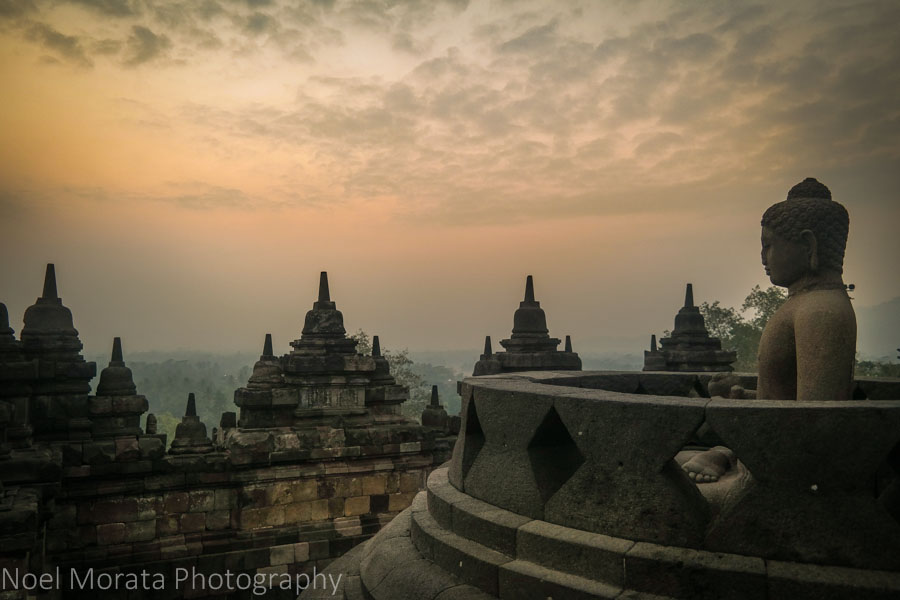
Amazing Borobudur in Central Java
The stunning Unesco World Heritage Site at Borobudur in Central Java, Indonesia is an amazing historic and cultural gem worth visiting. The Buddhist temple was created from the 8th to 9th centuries and restored with the help of Unesco in the 1970s to bring this amazing monument to its wonderful state. Reaching the top of the temple site, you will find over 72 open styled stupas with Buddhas inside. The best time to visit the site is during sunrise when you see the beautiful new day and the first rays of light on the façade, details and grounds surrounding the temple. Check out more details and images to visiting Borobudur here for more inspiration to visiting this Unesco site.
Noel with Travel Photo Discovery
Unesco World Heritage sites in Philippines
Visiting the Unesco site at Vigan City
Located in the northern region of Luzon at Ilolos Sud, the heritage site of Vigan city is a well maintained colonial Spanish city that has retained many of its architectural gems, churches and other public buildings throughout the city. You’ll find beautiful public squares lined with gorgeous colonial era homes and buildings repurposed into hotels, restaurants and other tourist oriented attractions. Vigan City is delightful to explore on foot or by the traditional calesa or horse drawn carriage which visits many important landmarks in the city. Check out this post on visiting Vigan city for more images and inspiration to seeing this wonderful Colonial capital of Ilolos Sud in the Philippines.
Noel Morata with Travel Photo Discovery
Unesco World Heritage sites in Malaysia
Unesco site at Melaka
If you’re looking for a UNESCO World Heritage site in Asia that’s diverse, easy to access and has a colorful history, Melaka is the place for you. This beautiful state in the southern region of Malaysia has so many attractions for visitors to explore. You can go around A Famosa Puerta de Santiago, an area that’s full of tourists who wish to get to know Melaka’s local culture. You can also see wonderful sites that represent the city’s 2 most important religions and influences. St. Paul’s Church is the oldest church in Malaysia and South East Asia and is the perfect spot to view the sunset. On the other hand, the Melaka Straits Mosque is a must-see even if it lies outside the city center. Other fabulous spots in Melaka include the Melaka River and the Red Square. Make sure to try the city’s rickshaws, which are colorful, vibrant and musical vehicles meant for tourists who want to explore Melaka without getting too tired from walking around.
Although influenced by the Portuguese and many other South East Asian cultures, Melaka is unique in its own special way. It’s a city that travelers all over the world are sure to enjoy.
What’s the best way to unwind after a day around the city? Eating the local food, of course! Malaysian cuisine is so enjoyable because of the variety of flavor and influences in each dish.
Ruben Arribas with Gamin Traveler
Gunung Mulu National Park
Gunung Mulu National Park is located in the north of Malaysia’s Sarawak state, on the island of Borneo. When awarding World Heritage status, UNESCO commended the park’s incredible biodiversity for both plants and animals, in addition to the amazing landscapes – particularly the limestone karsts (think of Halong Bay in Vietnam or Palawan in the Philippines and you’re on the right track!).
But for us, the most impressive feature of the Park were the caves: the Deer Cave, Clearwater Cave (one of the world’s longest caves!), Cave of the Winds, and the staggering Sarawak Chamber, the largest known natural chamber on earth! It measures a scarcely-believable 700m long, 400m across and over 70m high – enough to fit around 40 jumbo jets without overlapping any wings!
Aside from exploring the caves (which are all magnificent), there’s a lot to do in Gunung Mulu National Park. Rafting and kayaking, jungle trekking, hiking, mountain climbing, swimming, tree-top walking. It’s an eco-tourism paradise, all set amongst the dense jungles of Borneo. If you’re feeling up to it, you can even climb Gunung Mulu itself, though it’s a strenuous multi-day hike and not for the faint of heart!
Access to the national park isn’t easy – the only real way of getting in is flying with MASWings from the cities of Miri, Kuching, or Kota Kinabalu in Malaysia, or from Bandar Seri Begawan in Brunei. It’s very remote but definitely worth it! You can stay in the national park HQ itself (they have both bungalows and dorms available), but be sure to bring enough cash as there are no ATMs available!
Joel Baldwin with World Heritage Journey
Visiting Kota Kinabalu
GEORGE TOWN, Malaysia
In 2012, George Town re-branded and upholstered itself thanks to street art. In just a few months, what was started by Lithuanian artist Ernest Zacharevic as part of the popular George Town Festival — a plethora of art exhibits, local and international shows that enliven Penang weekends throughout the month of August — started attracting artists from all over the world. The result is that today, beside the many religious festivals of George Town’s main three ethnic groups (Malays, Chinese, and Indians), the city boasts an eclectic choice of art galleries, art spaces, trendy cafes and festivals such as the George Town Literary Festival (end of November) or Penang Jazz Festival (early December).
Kilim Karst Geoforest Park
The Kilim Karst Geoforest Park is one of three geoforest parks within Langkawi Geopark, Malaysia. It was endorsed by UNESCO in 2007. Many of the rocks that comprise Kilim were formed 490-370 million years ago, making it the oldest carbonate rock in the region. The Kilim Geoforest park has many caves, coastal karst, mangroves, fossils and a large variety of plants and animals to discover.
Tours around Kilim Geoforest Park take visitors around the beautiful mangroves, and to several places of interest such as bat caves, an island rich in fossils, a secluded beach, a floating fish farm, an eagle-watching area, or others depending on the tour. There are many tour boats and companies, and I highly recommend going with a responsible guide like we did. With so many tours available the area has a huge amount of people exploring it every day, making it very important to have a guide who takes preserving the area seriously.
Our tour company was educating people on other tours as we explored, teaching them practices to ensure they and the wildlife were not harmed. Our guide was also instrumental in helping other tour companies see that their practice of feeding wild eagles was actually making the birds less healthy. They didn’t need to hunt as they were being fed chicken scraps all day by the multitude of tours, and this led to their eggs becoming brittle, less chicks hatching, and thus less eagles in the area to see. Now the tour boats only feed the eagles a tiny amount to bring them in view for the tourists, and the eagle populations are again thriving.
Langkawi island is good to visit pretty much all year around. We were there in November, the very start of the peak season, which runs until April. The wettest months are September and October. Tour companies arrange collection for passengers from their accommodation to the Kilim jetty, and provide life-jackets and refreshments.
Emma with Small Footprints Big Adventures
Unesco World Heritage sites in Vietnam
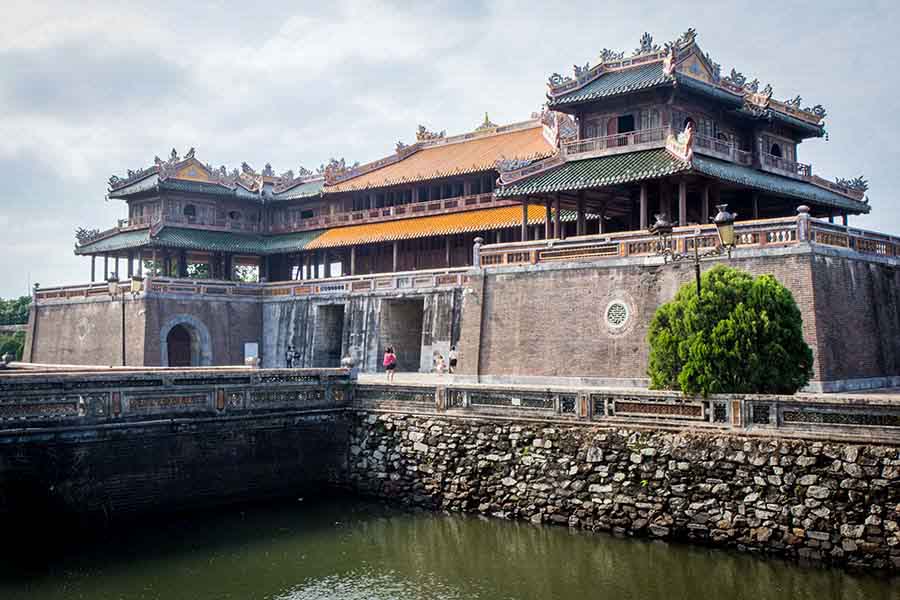
The Imperial City of Hue, Vietnam
There have been many empires that have ruled over Vietnam during the centuries but none has had more of a significant impact than the Nguyen Dynasty. The first emperor of the Nguyen Dynasty united many different tribes into the one country that is the shape of Vietnam today.
The dynasty began in 1802 and lasted for 143 years. Its capital was in Hue and the Imperial City was the heart. It was an enormous complex full of palaces and government buildings and was enclosed within a square fortress, with each of the four walls about 2 kilometres long and a wide moat on the outside.
In this huge city were also temples, offices, gardens, and residences. The most important bit in the middle was called the Purple Forbidden City and was where the emperor lived and worked.
The Imperial City suffered a lot of damage during the Vietnam War but there’s been a lot of work since then to repair or reconstruct the damaged buildings (and you’ll see that it’s still ongoing).
Because there are quite a few different parts of the Imperial City, it will take at least a couple of hours to walk around and see them all. There is not much information on display so this is one of those places where you’ll really benefit from a guided tour.
The Imperial City is in the centre of Hue and is easy to walk to from anywhere within the touristic part of the city. To get to Hue from other parts of Vietnam, you can take a flight or a tourist bus but I think the best option is the train.
Check out Michael’s post on visiting the Imperial city Hue in Vietnam
Hoi An Ancient Town, Vietnam
The perfectly preserved old town in Hoi An is home to a vast trove of buildings spanning various cultures and points in history. The quaint streets are lined with historic yellow buildings and the occasional temple or shrine. It can get pretty busy due to its popularity, but the crowds mainly gather around the Japanese bridge (which is awesome to see at night) and the bigger bridge which crosses the river. Escape that area and it’s a relatively crowd-free experience. The streets of Hoi An’s old town are filled with boutique shops (including heaps of tailors) and some classy restaurants, cafes and bars. There are several museums and galleries to explore and it’s one of the best cities in Asia for food, from fine dining to delicious $1 meals. At night the old town is mostly lit with lanterns, giving it a unique charm. There is a lot to do in the surrounding area as well, including countryside cycling, beaches and the Marble Mountains, making Hoi An the perfect holiday destination. You can fly into Danang, which is only a 45 minute drive away, or you can catch a bus to Hoi An from most places in Vietnam.
Check out Jon’s post on Things to do in Hoi An, Vietnam
Unesco site at Halong Bay Vietnam
Asia is packed to the brim with UNESCO World Heritage Sites but if you only have the time (or the budget) to see one, it must be Halong Bay Vietnam. Halong Bay is located in the Gulf of Tonkin, about 170klms from Hanoi. The optimum time to visit is in Spring or Autumn but Halong Bay can be enjoyed year-round. The best way to experience Halong Bay is on an overnight cruise and we chose Orchid Cruise Halong Bay from the hundreds of cruises on offer. Most companies will offer a transport option from Hanoi or Hai Phong when you book your cruise. Halong Bay covers 434km2 and the scenery is truly breathtaking. It’s easy to lose hours sitting on the upper deck watching the jagged limestone karsts, 1600 odd islands and vibrant emerald green waters pass you by. As one of the most visited regions in Vietnam, Halong Bay draws tourists en masse. While many boats jostle for position in the same sheltered coves, Orchid Cruises favour the lesser known areas so you get a sense of tranquillity and exclusivity while aboard. Whether you choose to kayak in the shelter waters of Bai Tu Long Bay, explore the caves of Cat Ba Island or simply admire the view from your private balcony, you will be blown away by the exceptional natural beauty of Halong bay.
Allison Smith with Flights to Fancy
Thang Long Imperial Citadel
Hanoi is a must visit city in Southeast Asia, Vietnam’s capital breathes history and one of its main attractions is a UNESCO Heritage site worth checking out. The
Thang Long Imperial Citadel dates back to the 11th century when the Ly Viet Dynasty built their fortification on top of an old Chinese Fortress from the 7th century. The place has layers of history and it’s a beautiful and calm spot to visit when you get tired of the hustle and bustle of Hanoi. If you are visiting Hanoi during summer, go to the Citadel early morning to avoid the heat and also the crowds. You will need at least 2 hours to explore the place and don’t forget to visit the Hau Lau Palace, known as the Princess Palace, appreciate the design of the Doan Mon Gate and go to the excavation center just beside the Citadel. There you can witness how the work to preserve Vietnam’s history is done.
Natalie Deduck with Love and Road
Unesco World Heritage sites in Cambodia
Angkor Wat complex temples
Unesco World Heritage sites in Macau
If you always thought Macau is all about the glitz, glamour, and gambling, I’ve news for you.
This tiny autonomous region (of the People’s Republic of China) traces its roots back to the Portuguese who landed upon its shores in the mid-sixteenth century. And because of the European influence, modern-day Macau is rich in cultural diversity. A perfect mix of the east and the west.
The Historic Center of Macau is a collection of thirty sites that bear testimony to the marvelous co-existence of two very different cultures – Portuguese and Chinese. And because of this unique legacy, it was recognized as a UNESCO World Heritage Site in 2005.
Some of the most notable highlights of the Historic Center are the A-Ma Temple, Senado Square, St. Dominic’s Church, the Ruins of St. Paul’s, and the Na Tcha Temple. The best part about these sites is that most of them are located pretty close to each other. So, you can easily cover them on foot within a short time.
If you’re on a budget, the best way to travel to sites that can’t be covered on foot is to take a bus. They’re pretty cheap and freely available. I would recommend using Google Maps to check for bus numbers and routes.
Don’t forget to taste some of the delectable Portuguese cuisine (including the Portuguese Egg Tart) while you are there. All along Senado Square and the nearby areas, you’ll come across many shops that sell these.
The best time to visit Macau is the fall – which lasts from October to December. The days are pleasant with almost no rain or storm at this time.
Unesco World Heritage sites in Singapore
Matilda with the Travel Sisters
Unesco World Heritage sites in Laos
Luang Prabang Township
The gorgeous township of Luang Prabang in Laos is undoubtably on of the top UNESCO sites to visit when in Asia. With a delightful mix of traditional Lao architecture and urban dwellings built by European colonial authorities during the 19th and 20th centuries.
This well-preserved township is a photographers paradise and attracts many tourists throughout the year. The Luang Prabang Night Market, held each evening, is a main attraction and one thing you must not miss. Enjoying sitting back and having a bite while taking in the amazing blend of European and Laotian architecture with traditional wooden structures alongside the European styled brick houses. The only buildings in Luang Prabang which are made of stone are the temples.
The best time to visit Luang Prabang is between December and February. This is when it is considered the dry season so no need to worry about any crazy downpours. There is an international airport into Luang Prabang which makes it accessible to a wide range of travellers.
This well preserved town of Laotian and European fusion architecture is the perfect illustration of two distinct cultures blending together and is one of the bets UNESCO sites in Asia.
Tasha Amy with Backpackers Wanderlust
Unesco World Heritage sites in Central Asia
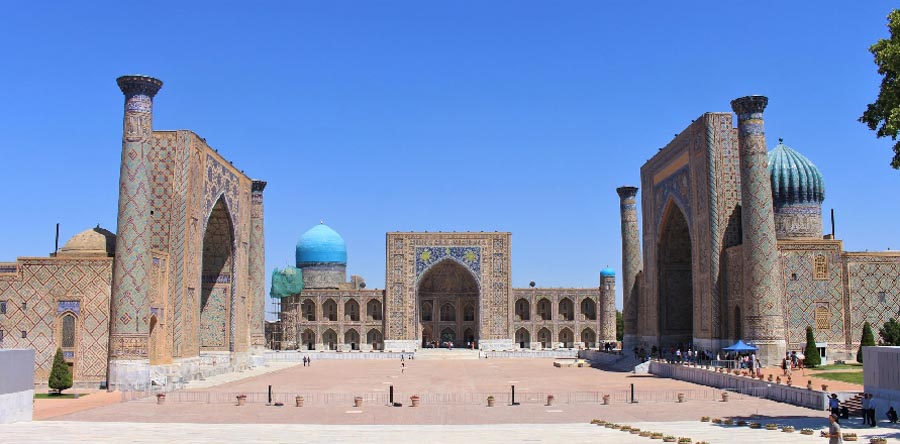
Registan: Samarkand, Uzbekistan
Just a mention of the words Silk Road conjures up images of dusty caravans and cities full of traders, bustling about from all over the globe. There is not one other single site along this ancient route that can take you back like the Registan in Uzbekistan. While the camels and traders have now been replaced with tourists, it is still not too difficult to imagine how glorious this complex must have been. This was the epicenter of central Asia as Samarkand was an important city, being the capital of Timur’s vast empire. As such, they saved no expense to make this square one of the grandest in central Asia.
The Registan is comprised of three Medressas, or religious schools, that date back to the 15th to 17th centuries. All three have been laboriously restored after falling into decay over the centuries. All of them have beautiful tile work inside and out, the prettiest being Sher Dor Medressa with its lions chasing two deer with a Mongolian inspired sun against their backs.
Tickets are good for the entire day so if you plan to come back, be sure to tell the guard your intentions so that he does not rip your ticket. In the evening, there is also a sound a light show that you can watch for free. Inside the medressas, craft and artisan shops now occupy what were once the schools’ dormitories. Have a look around and if you find something you like, be sure to bargain hard.
Uzbekistan is blistering hot in the summer and bitterly cold in the winter so the best time to visit is in the spring or autumn when temperatures are pleasant. Samarkand is easily reached from the capital, Tashkent, by fast train but be sure to book tickets well in advance. If you fail to obtain a ticket, you can always take a share taxi which will take no more than three and a half hours to complete the journey.
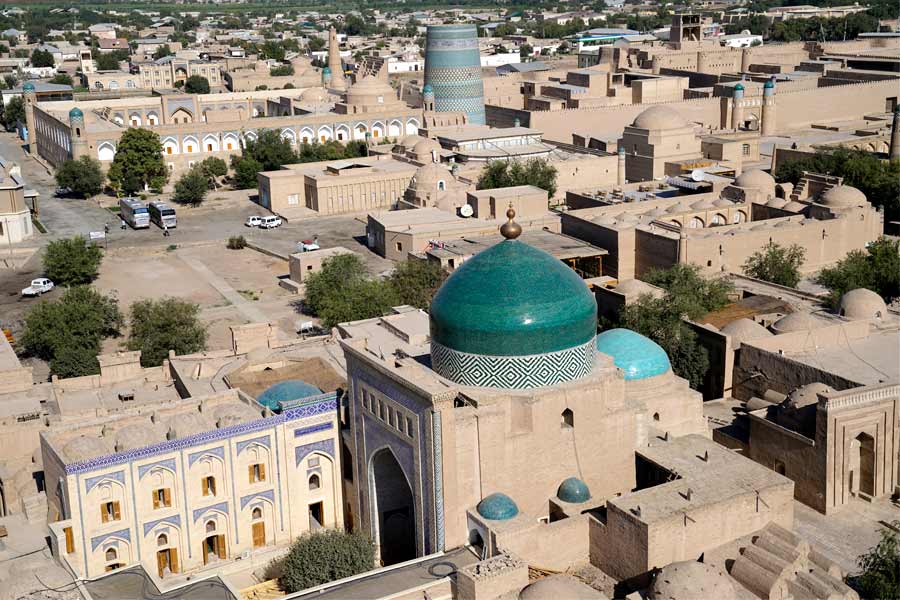
Itchan Kala – The old town of Khiva- Uzbekistan
Itchan-Kala, the old town of Khiva, is listed as UNESCO World Heritage site since 1990. A 2 km long clay wall with 4 gates surrounds the inner town.
Khiva was founded in the 5th century and gained its strategic importance with the development of the old silk road. In 1997, the city celebrated its 2500th anniversary.
The 50 historic monuments and 250 old houses, dating from the eighteenth or nineteenth centuries, are well preserved. Among them remarkable architectural ensembles such as Juma Mosque with its 215 wooden columns, Pakhlavan Mahmoud Mausoleum, Tash Khovli Palace, Abdullah Khan Madrassah to name just a few. The caravanserais and markets remind of the time of the silk road.
So Khiva is often described as an open-air museum. But it is not a dead city, today 300 families live in the town.
If you enter the city through one of the huge gates you feel like making a step back in time. At the western wall is the Kunya-Ark citadel that served as the residence for the rulers of Khiva. Through a narrow corridor, you reach a two-story terrace (Ayvan), with an excellent view of the city and the mighty city walls.
The tallest structure in Khiva is the Khoja Islam Minaret with an observation platform at a height of 45 meters. If you are fit enough to climb up you will be rewarded by a spectacular panoramic view of Itchan Kala.
Try to stay at least one night in Khiva to experience the magic of the old town after dawn.
After what we have seen on our journey through Central Asia, Khiva is one of the most authentic cities that convey the charm of the ancient Silk Road.
Check out Ursula’s post on touring the old town of Khiva
More inside tips to visiting these Asia Unesco Heritage sites
Additional insights for exploring UNESCO World Heritage sites in Asia beyond the main tourist attractions:
Local Cuisine Exploration: While visiting heritage sites, don’t miss the opportunity to savor the local cuisine. Venture beyond the popular restaurants near the sites and seek out hidden gems in nearby neighborhoods to experience authentic flavors.
Interact with Locals: Engage with the local community. Strike up conversations with residents, visit local markets, and participate in cultural activities or festivals. This can provide a deeper understanding of the heritage and traditions associated with the site.
Off-Peak Visits: Try to visit the sites during off-peak hours or seasons to avoid crowds. Early mornings or late afternoons can offer a more serene and personal experience.
Guided Tours by Locals: Consider hiring local guides who have in-depth knowledge of the area. They can share fascinating stories and insights that you might not find in guidebooks.
Explore Nearby Sites: Heritage sites often have nearby attractions that are overlooked by tourists. Research and explore these lesser-known sites, which can offer a more tranquil atmosphere and unique perspectives.
Photography Tips: Take your time to capture the beauty of these sites. Experiment with different angles and lighting to create stunning photographs that go beyond the typical tourist shots.
Learn the History: Delve into the history of the site before your visit. Understanding the historical and cultural context will make your experience more meaningful.
Respect Local Customs: Be respectful of local customs and traditions. Dress modestly if required and follow any guidelines or rules set by the site’s management.
Stay Nearby: Consider staying in accommodations near the heritage site to have easy access for early or late visits. This allows you to enjoy the site at different times of the day.
Support Conservation Efforts: Many UNESCO sites rely on funds for their preservation. Consider making a donation or purchasing souvenirs that contribute to conservation efforts.
Take Your Time: Don’t rush through the site. Take your time to soak in the atmosphere and appreciate the intricate details and craftsmanship.
Educational Workshops: Some heritage sites offer educational workshops or classes. Participating in these can deepen your understanding and appreciation of the cultural significance.
By exploring these tips, you can have a more enriching and immersive experience when visiting UNESCO World Heritage sites in Asia, going beyond the well-trodden paths to discover hidden treasures and cultural insights.
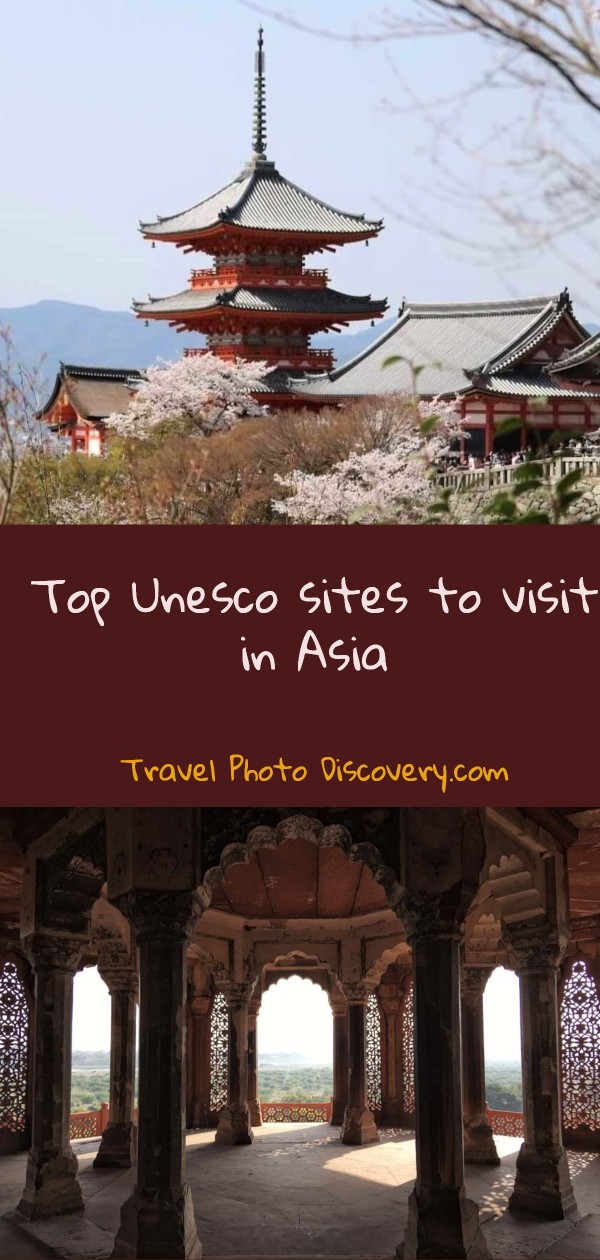
Some tips to visiting these Asian Unesco World Heritage Sites
Here are some tips for visiting UNESCO World Heritage sites in Asia:
Plan ahead: Before visiting any UNESCO site, do some research and plan your trip in advance. Check the visiting hours, ticket prices, and any rules and regulations that you need to follow. Some sites require advanced booking or have limited access, so plan accordingly.
Respect the site: Remember that UNESCO World Heritage sites are cultural and historical treasures that need to be protected. Respect the rules and regulations of the site, avoid littering, and take care not to damage any structures or artifacts.
Dress appropriately: Some sites may have dress codes, especially religious or sacred sites. Make sure to dress appropriately and respectfully.
Be prepared for the weather: Many UNESCO sites in Asia are located in hot and humid areas or in mountainous regions with cold temperatures. Check the weather forecast and bring appropriate clothing, sunscreen, and insect repellent.
Hire a local guide: To fully appreciate the history and culture of the site, consider hiring a local guide who can provide insights and context. They can also help you navigate the site and answer any questions you may have.
Be mindful of other visitors: Some UNESCO sites can be crowded, especially during peak season. Be patient and respectful of other visitors, and avoid blocking pathways or taking up too much space while taking photos.
Take your time: UNESCO World Heritage sites are often vast and complex, so take your time to explore and appreciate them fully. Don’t rush through the site or try to see everything at once. Take breaks, sit down and soak in the atmosphere of the site.
Final thoughts or tips?
So which sites attracted you the most to start planning a visit to any of the Unesco sites in Asia? Please share any of your experiences in the comments below, we would love to hear your observations.
Conclusion to visiting the Top Unesco World Heritage sites in Asia
In conclusion, visiting the UNESCO World Heritage sites in Asia is a captivating journey that immerses you in the rich tapestry of the continent’s cultural heritage. These extraordinary sites, recognized for their outstanding universal value, offer a glimpse into the history, artistry, and ingenuity of civilizations that have shaped Asia.
Thanks for visiting today and checking out this post on Top Unesco World Heritage sites in Asia, if you enjoyed the images and post, could you please share it with any of the social media buttons located around the post.
If you like what you see, come and check out my other social media channels for more updates, including Instagram, Pinterest and Twitter
Disclosure – There are affiliates links on this posts which provide a small commission to support this site at no extra cost to you. Thank you for reading, and happy travels.

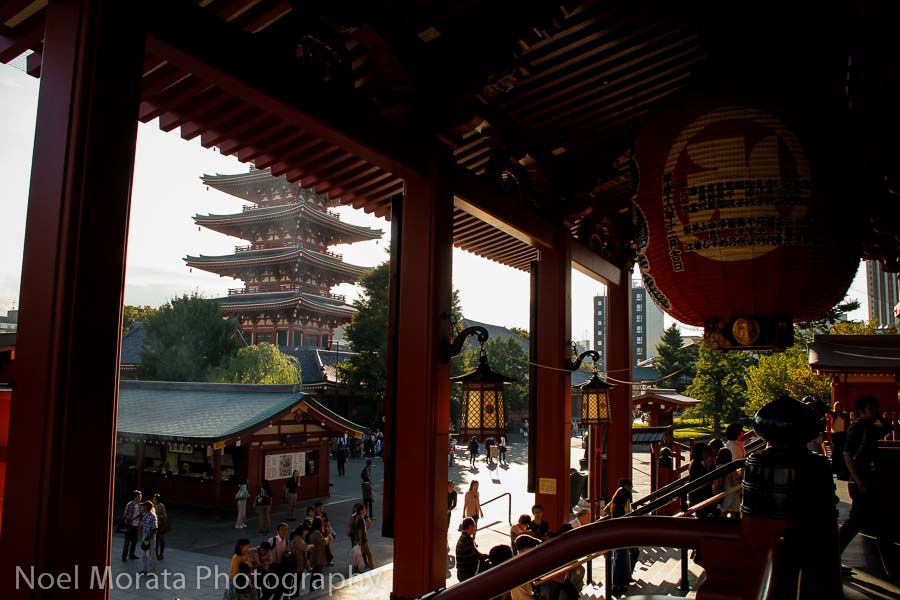
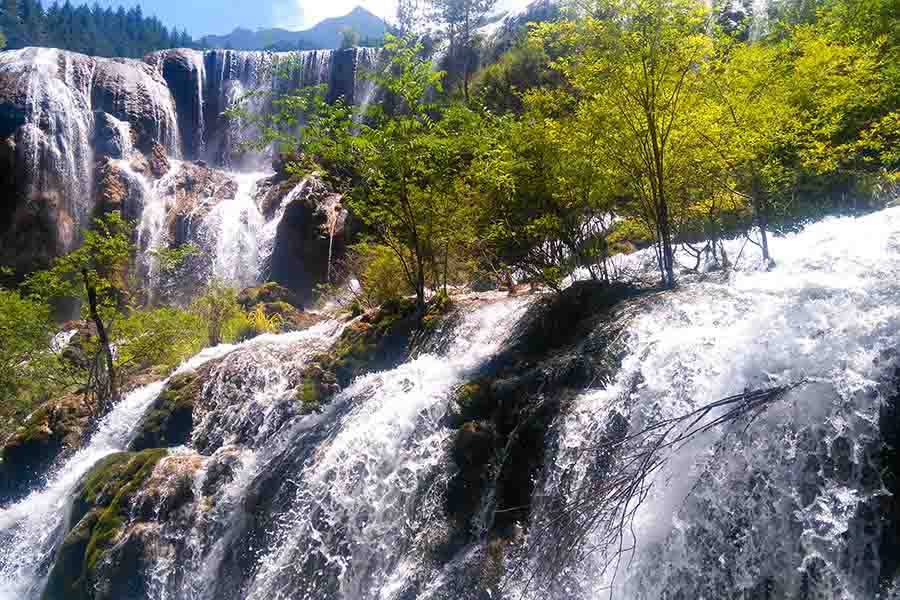
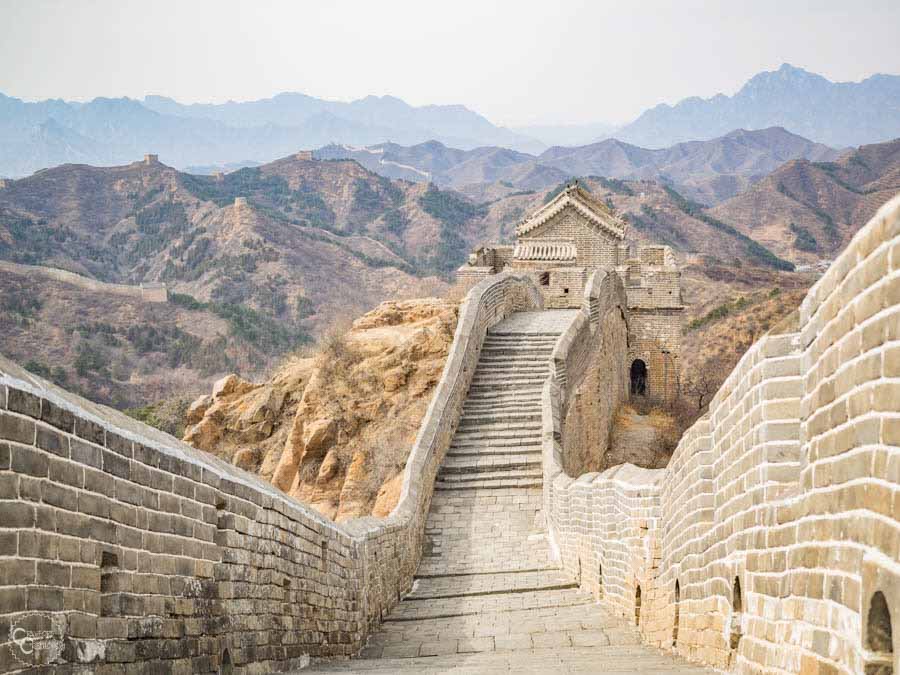
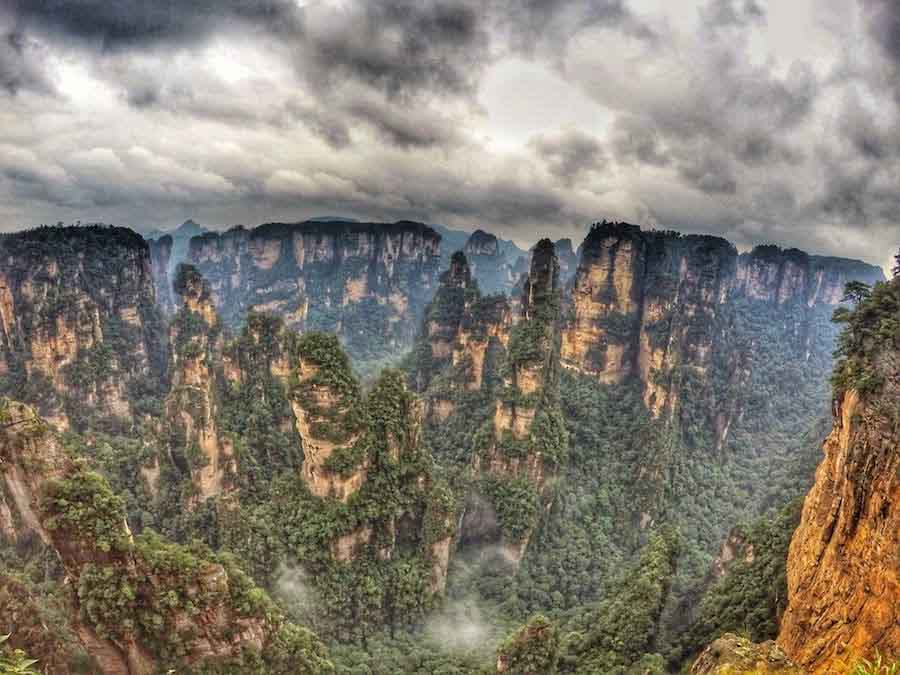
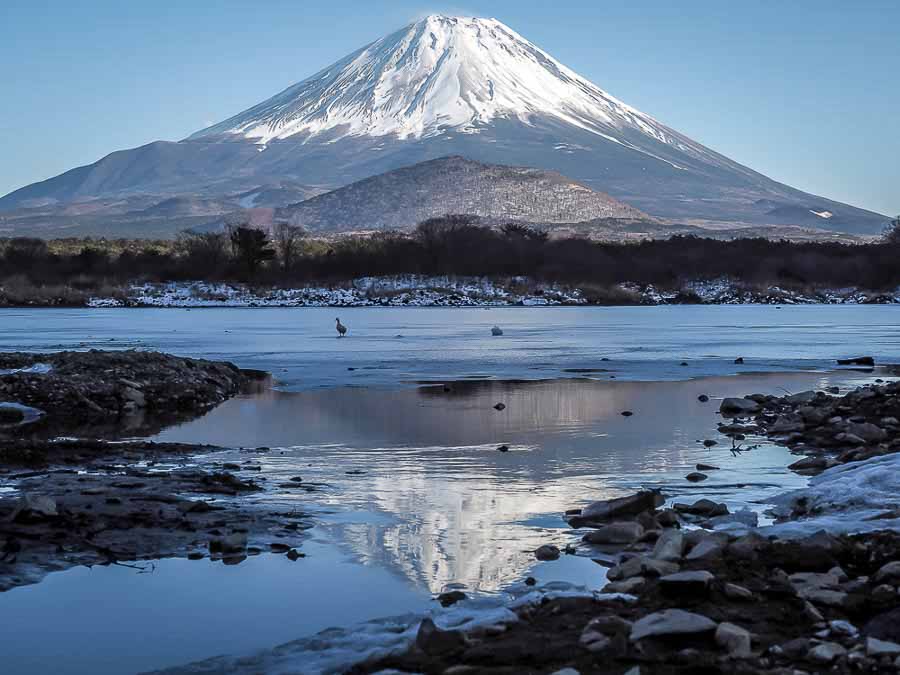
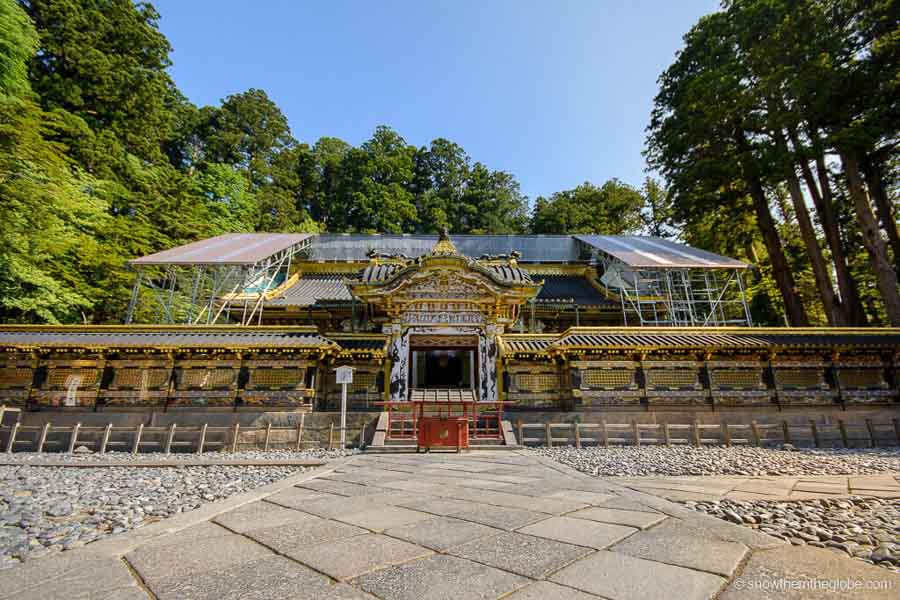
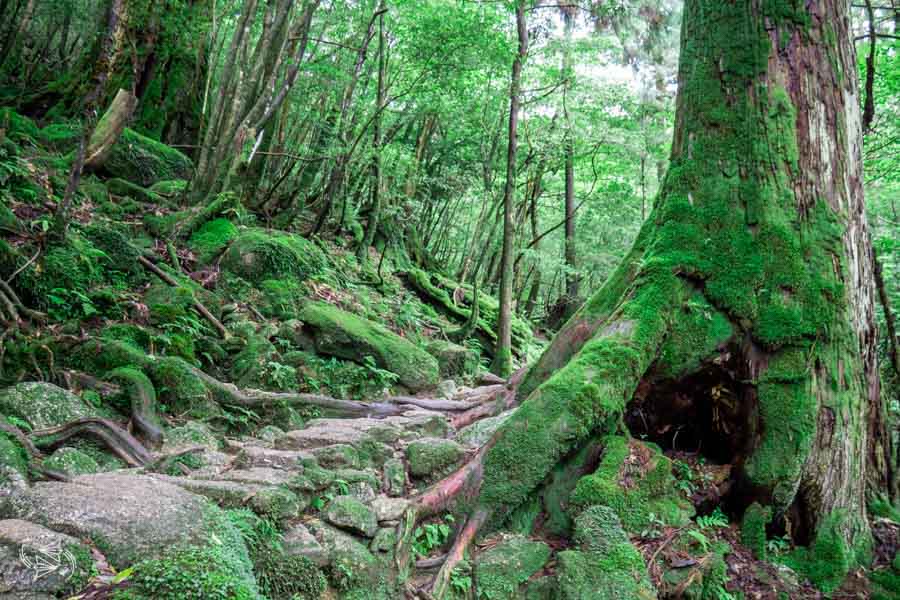
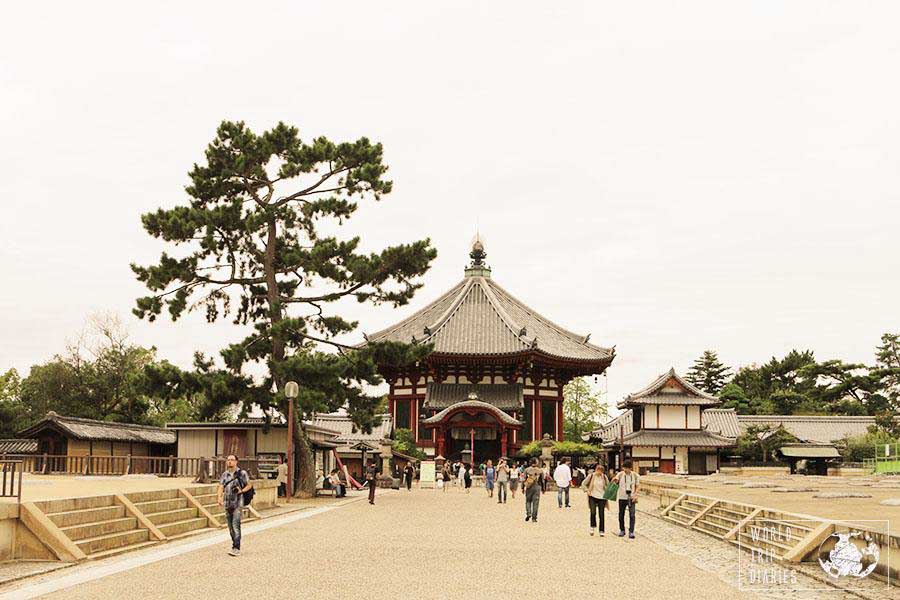
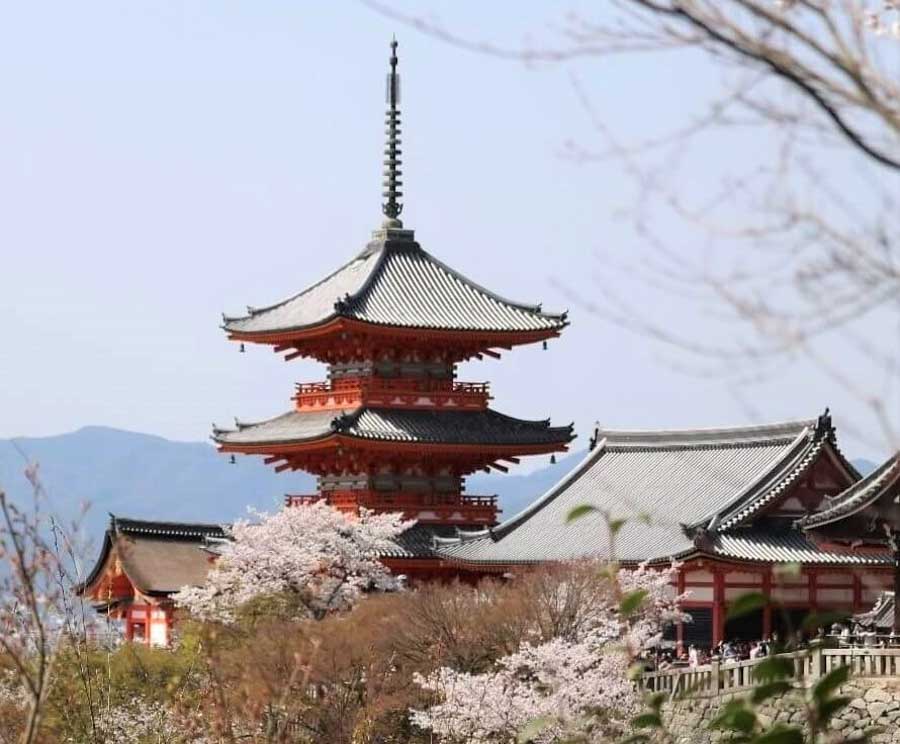
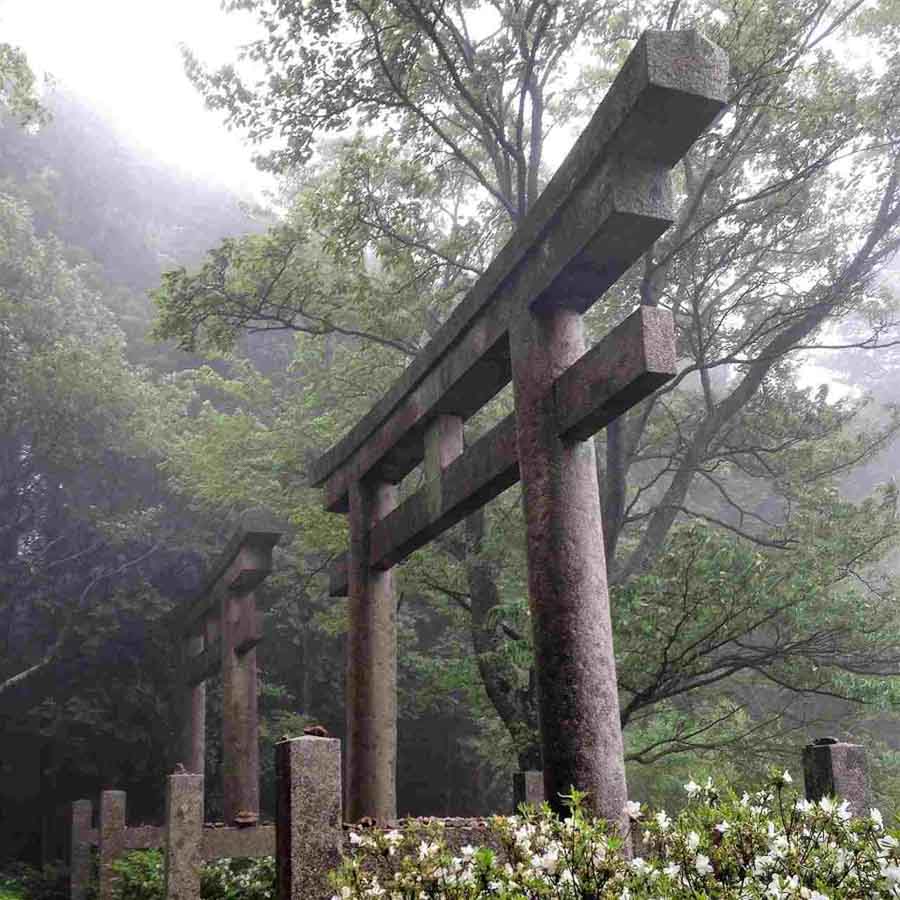
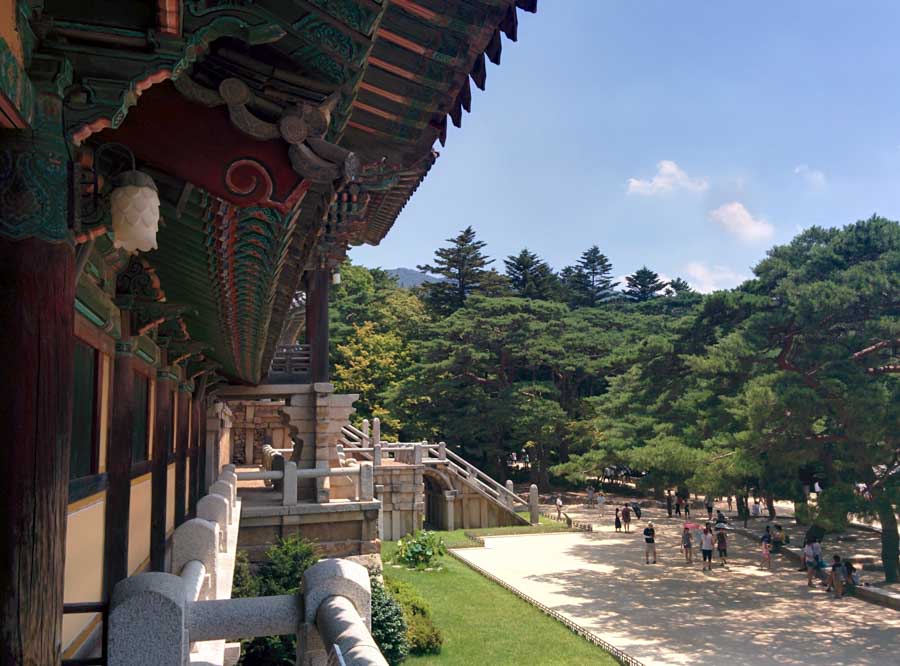
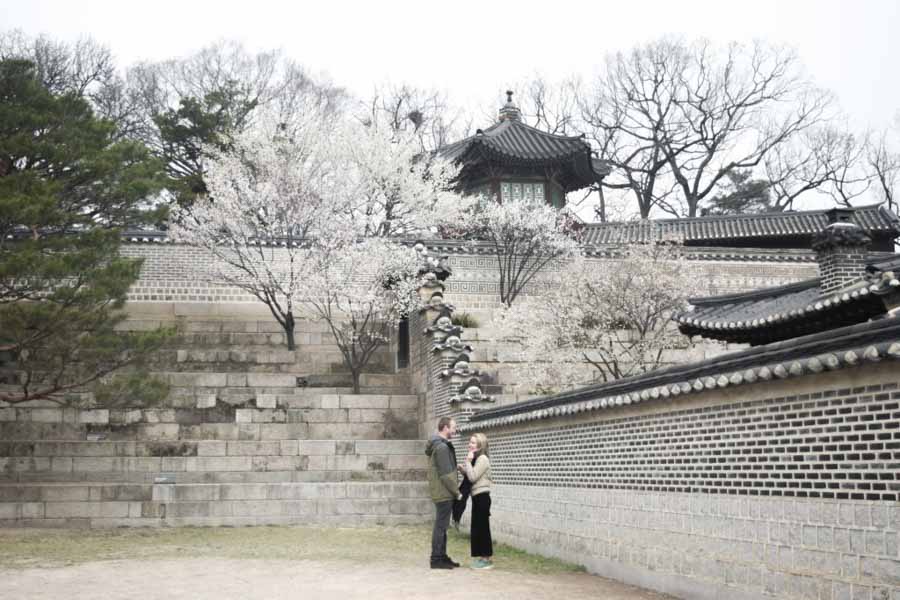
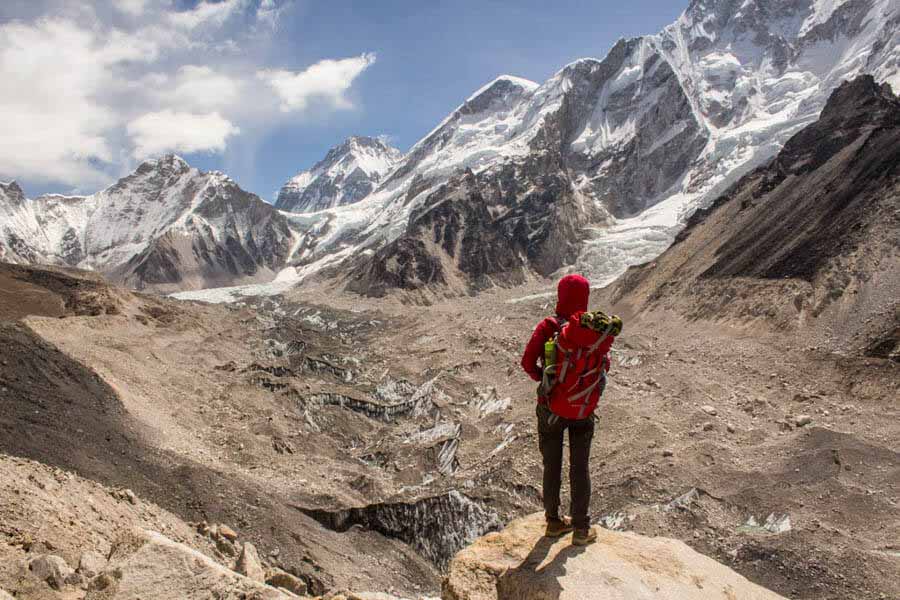
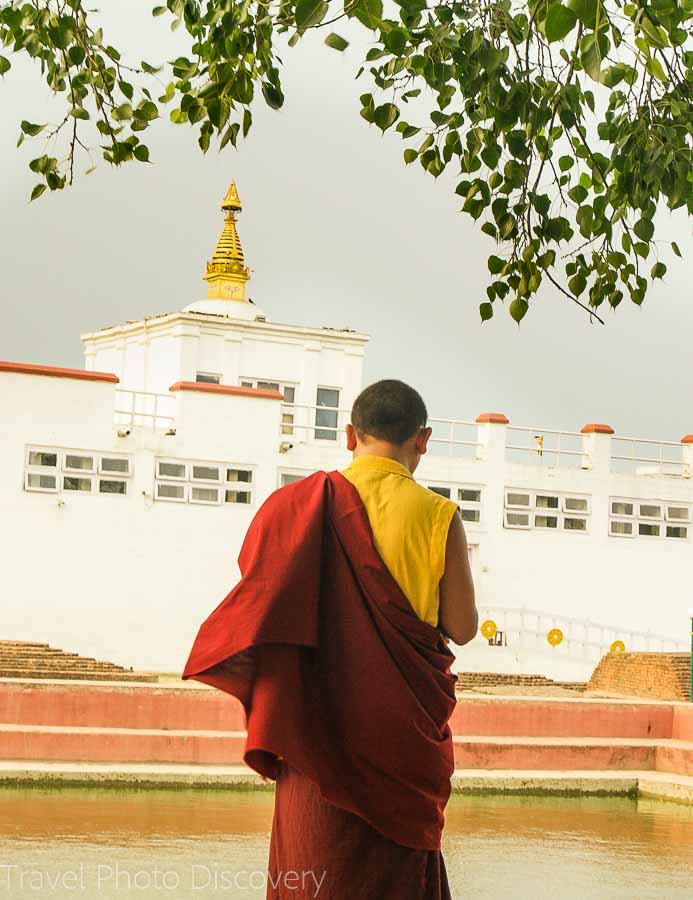
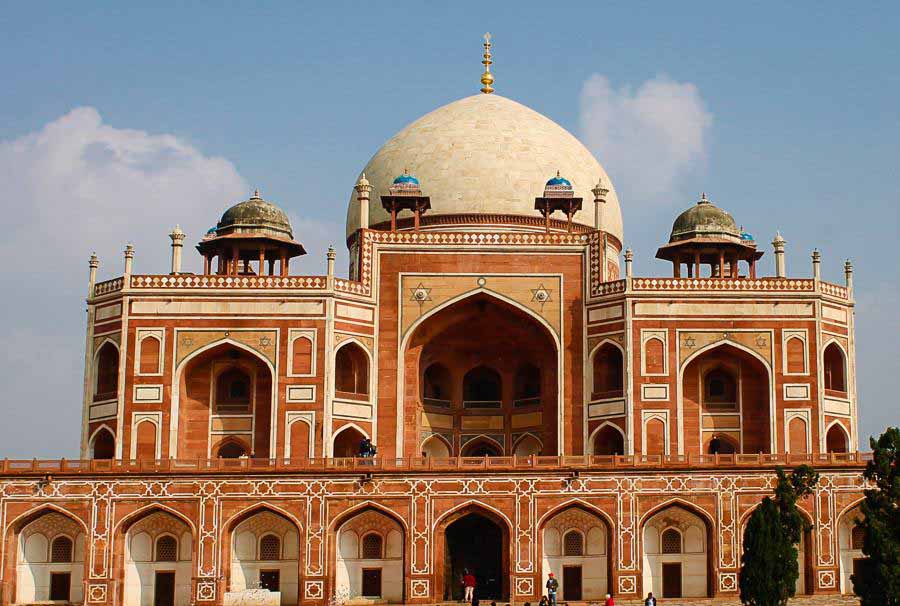
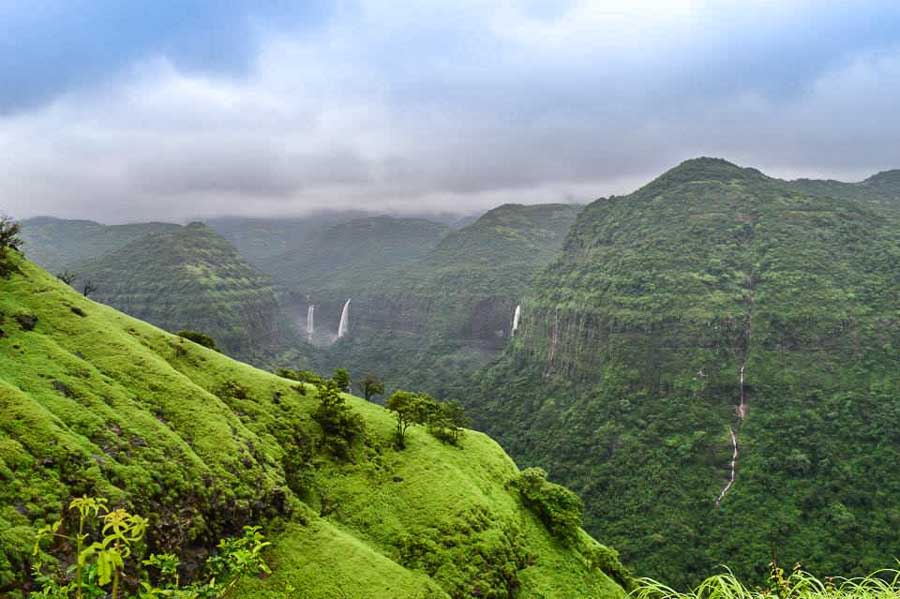
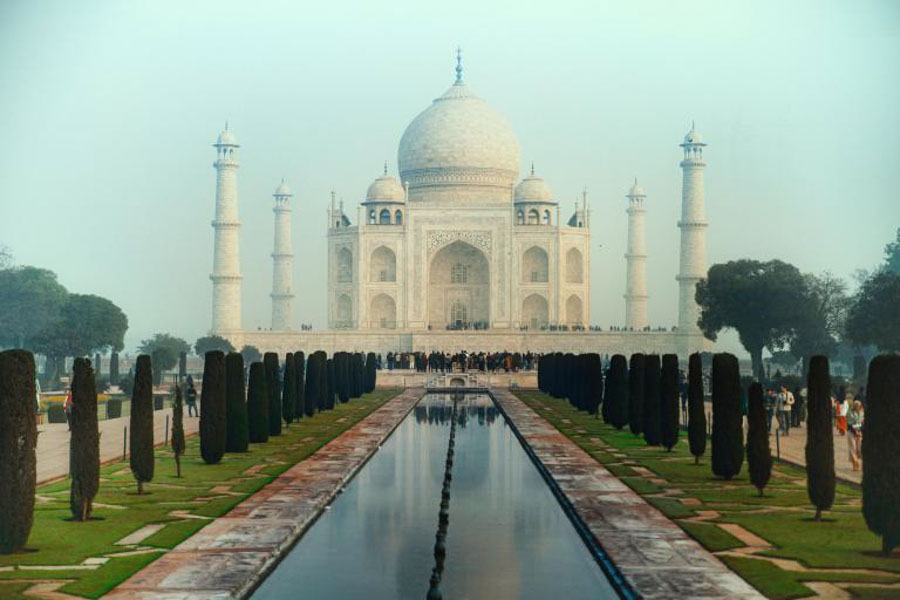
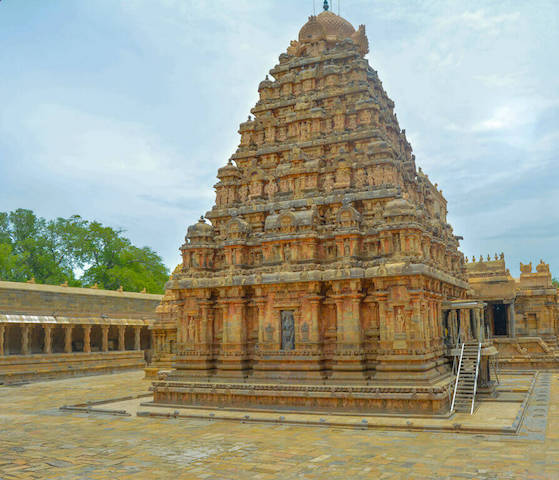
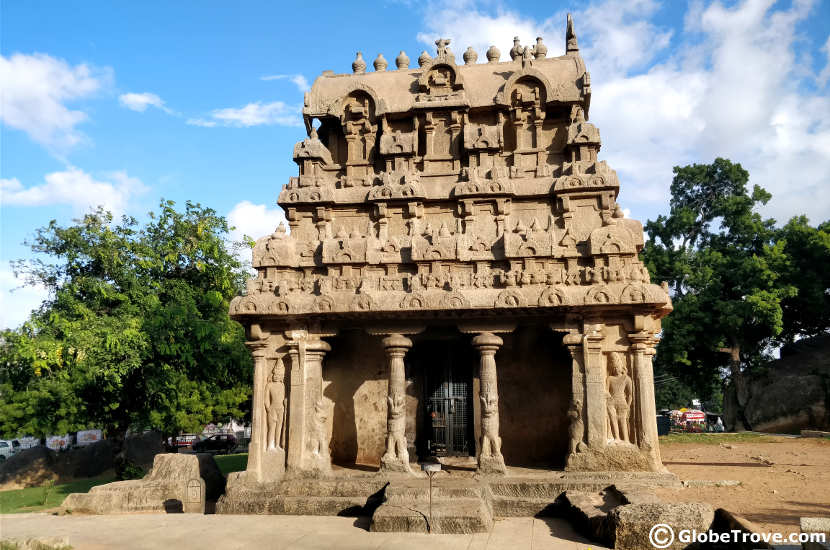
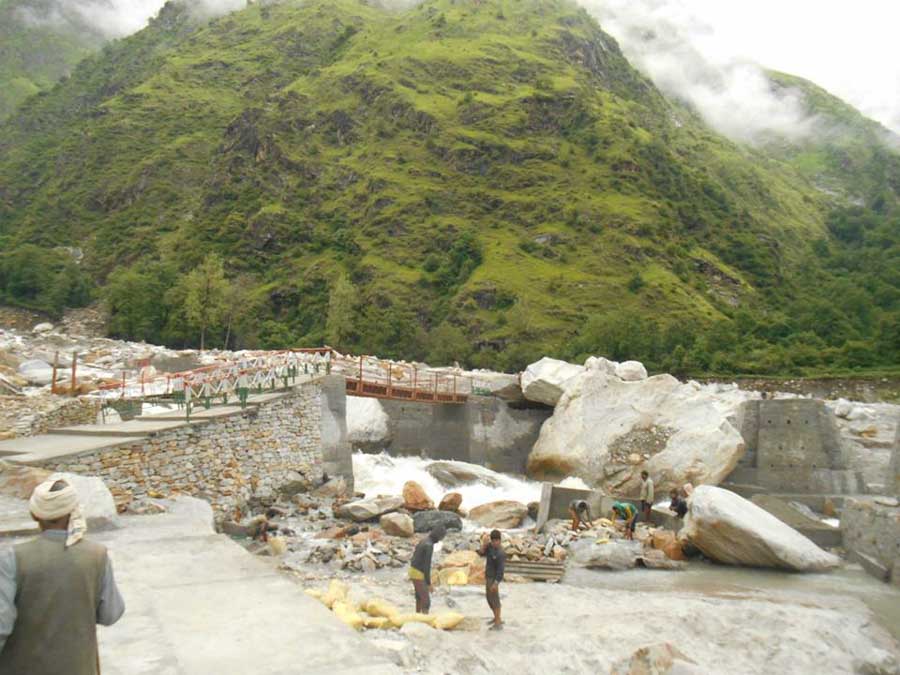
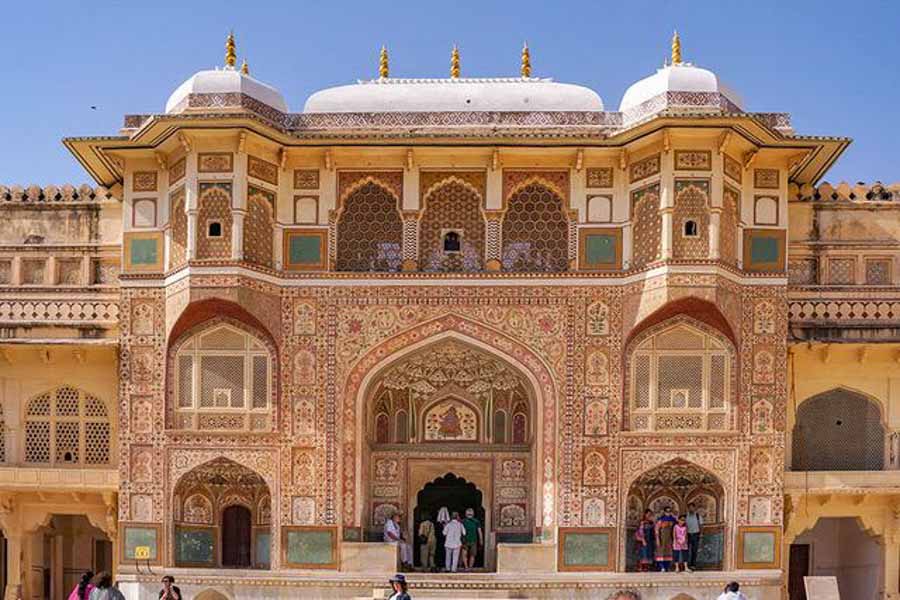
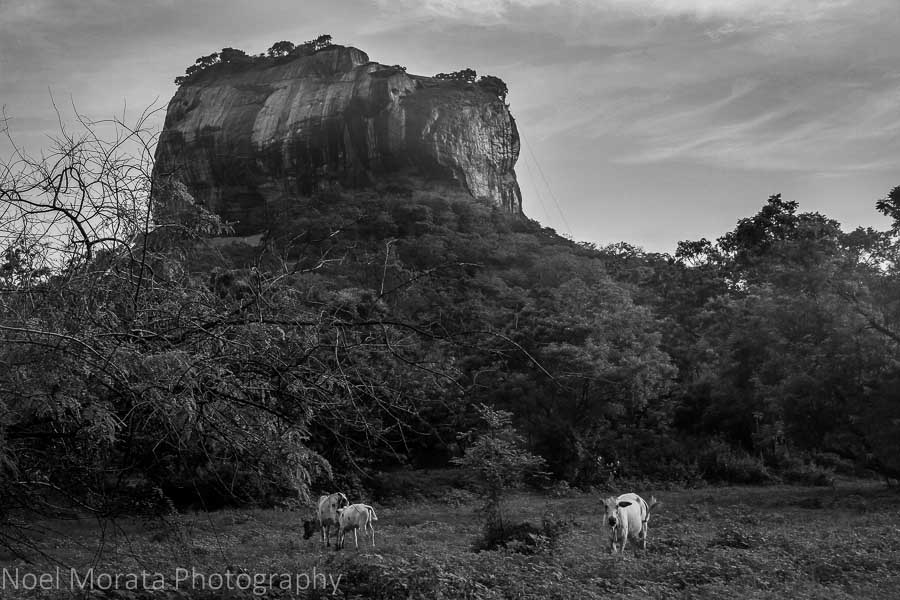
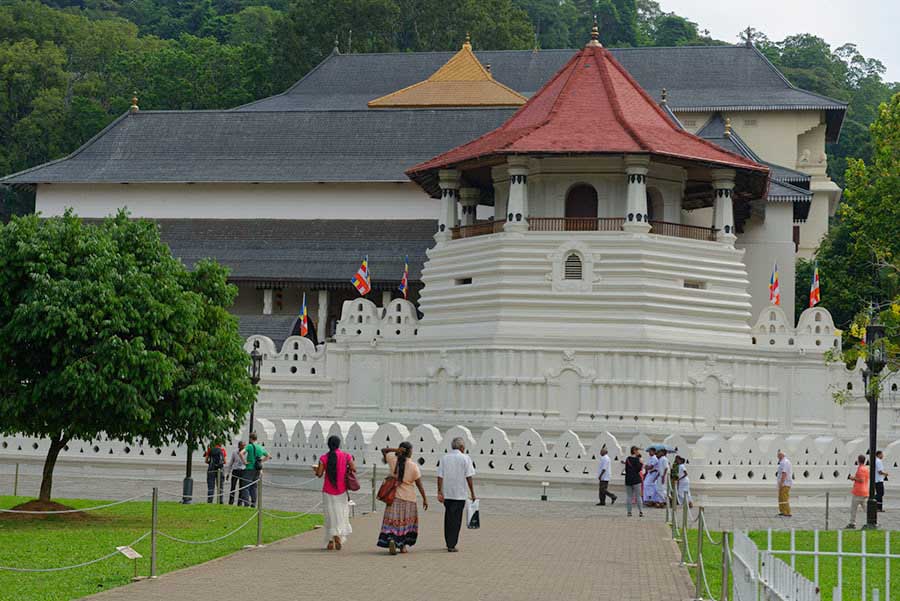
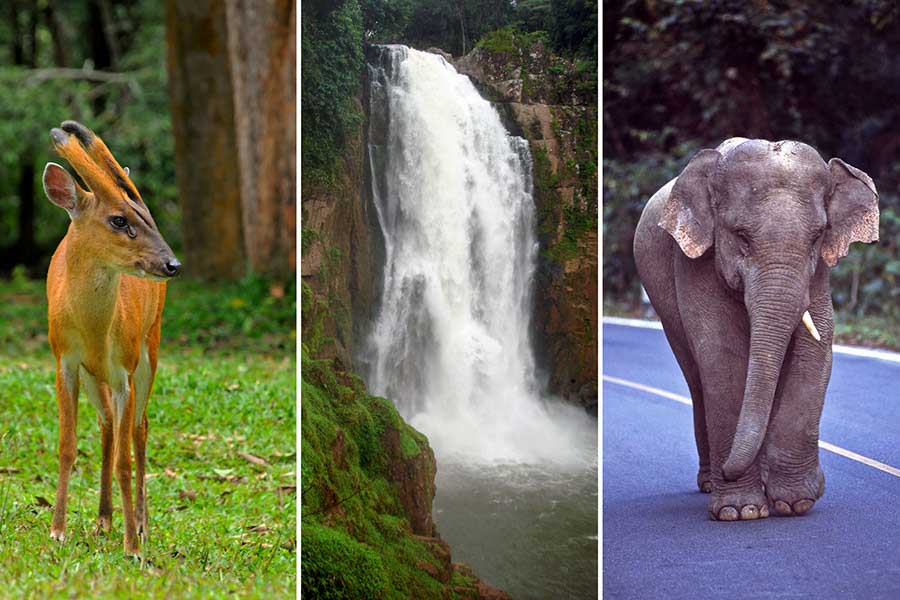
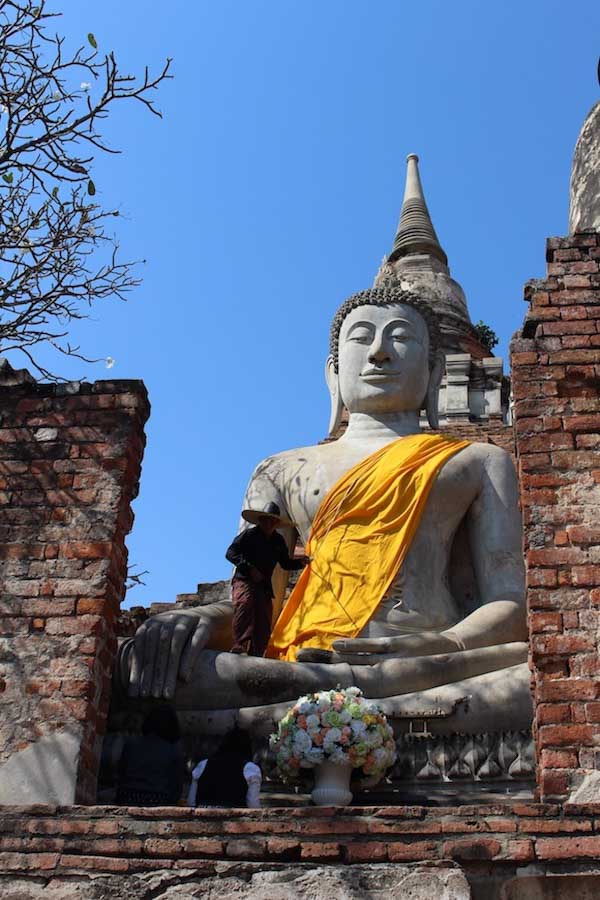
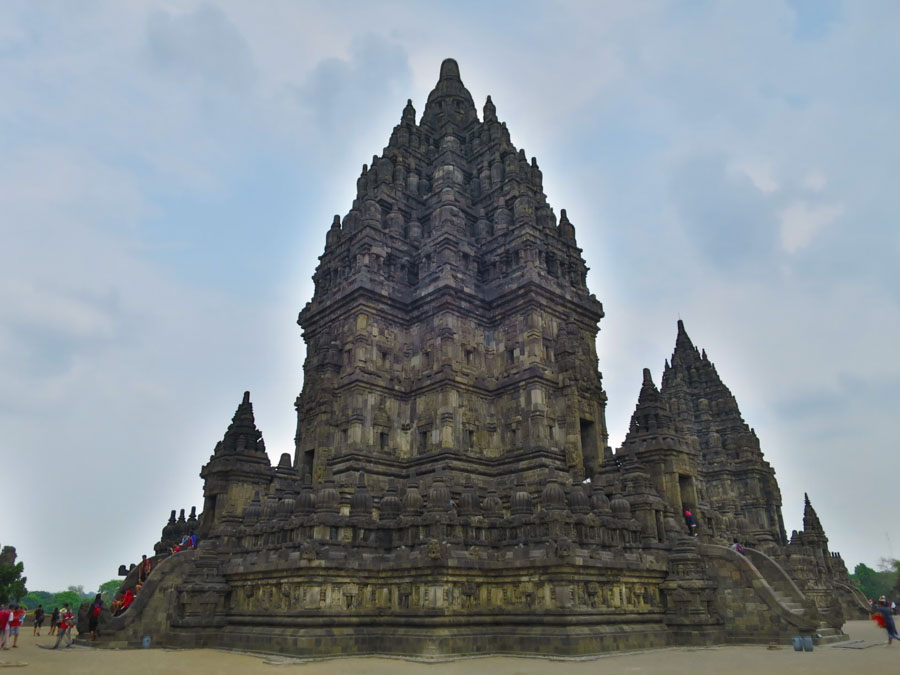
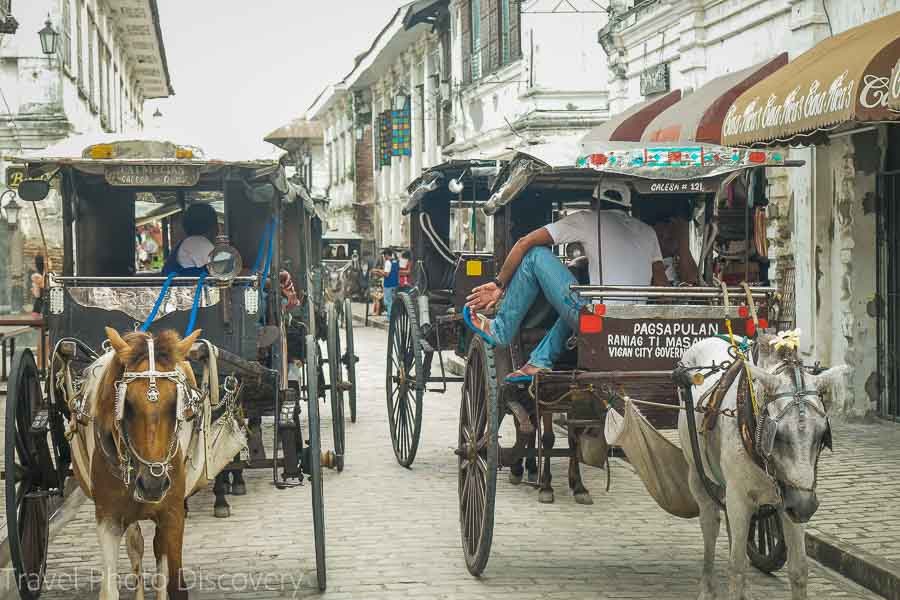
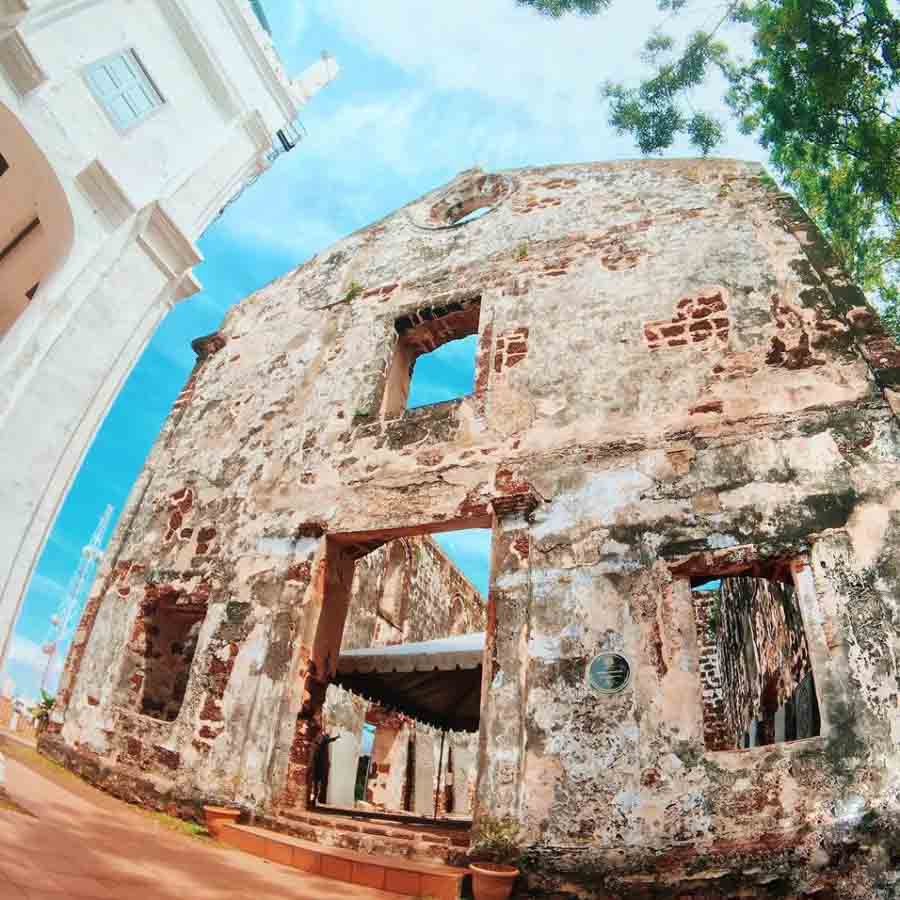
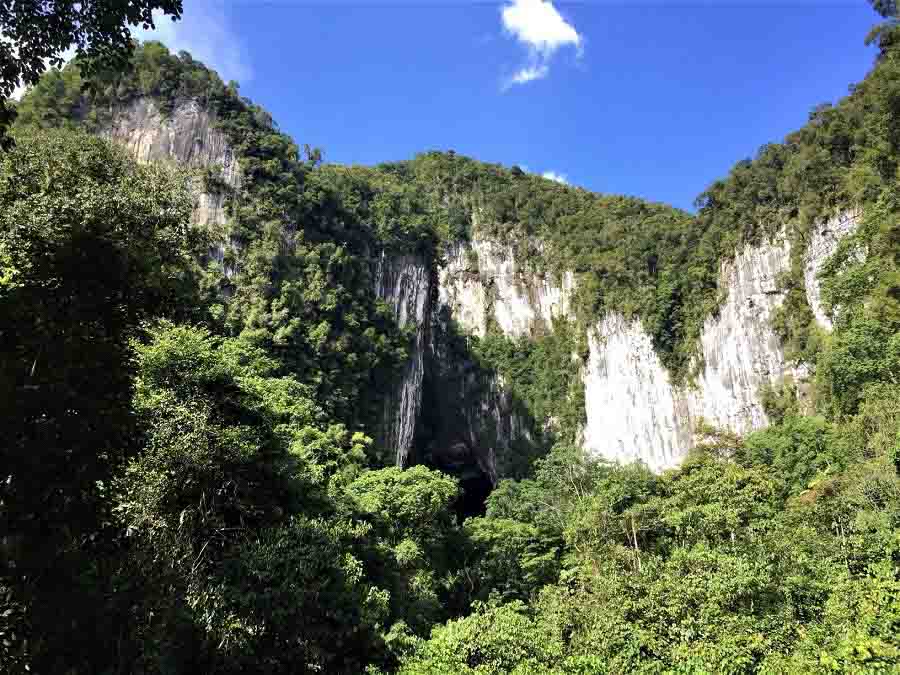
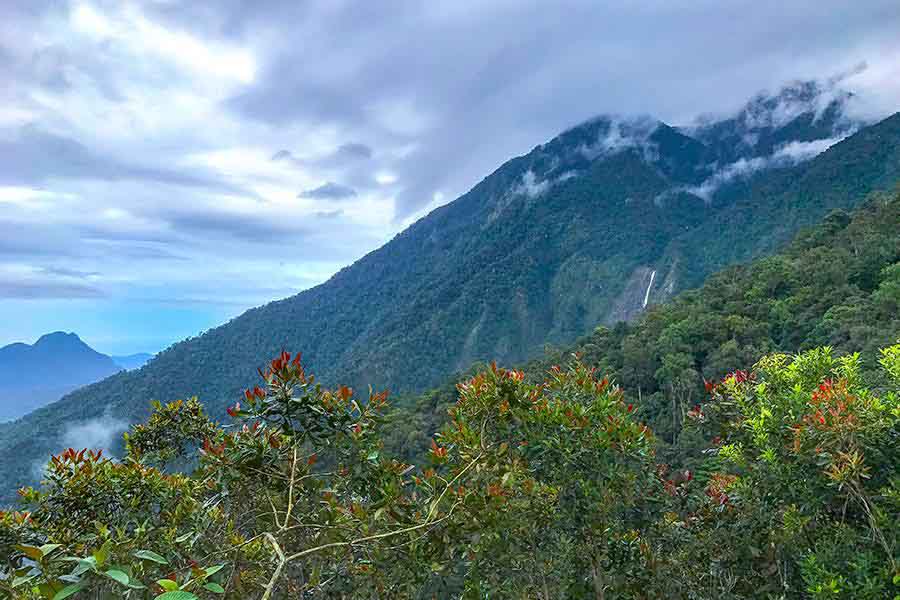
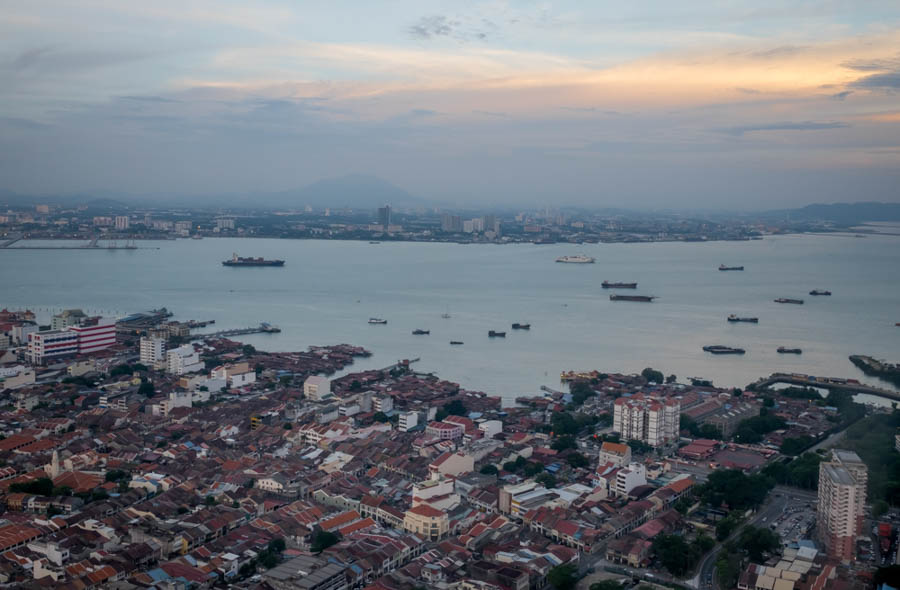
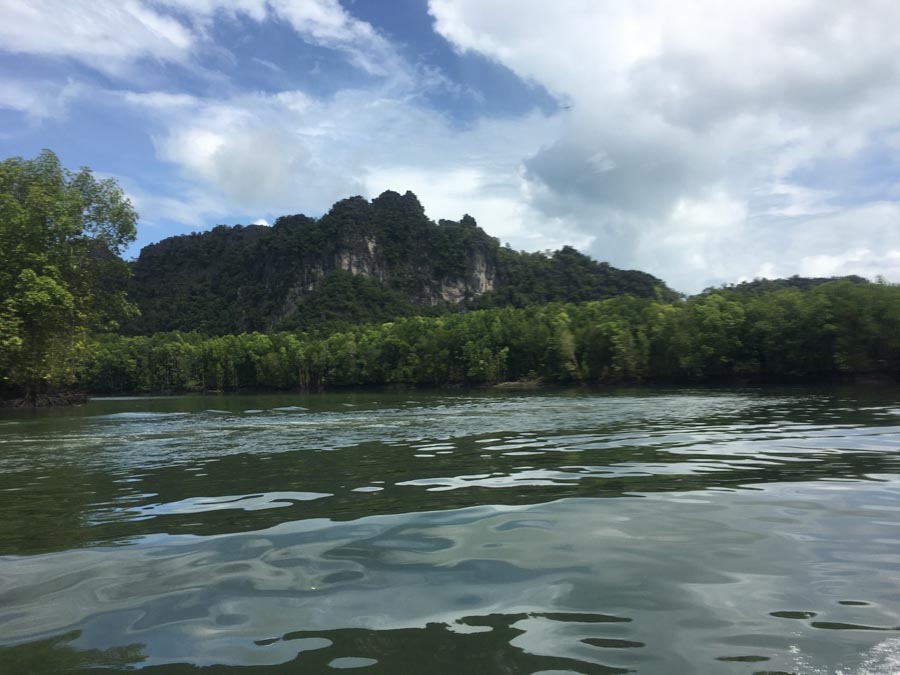
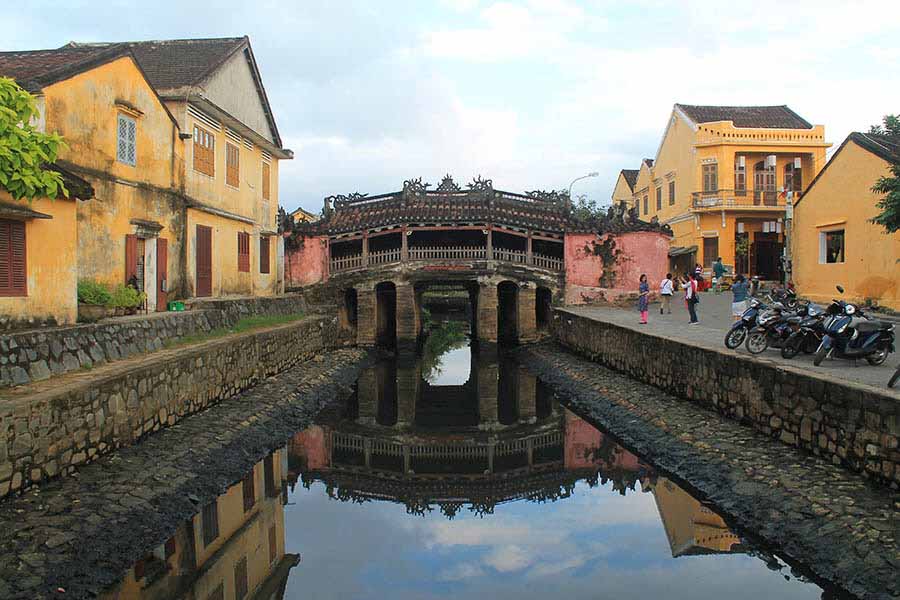
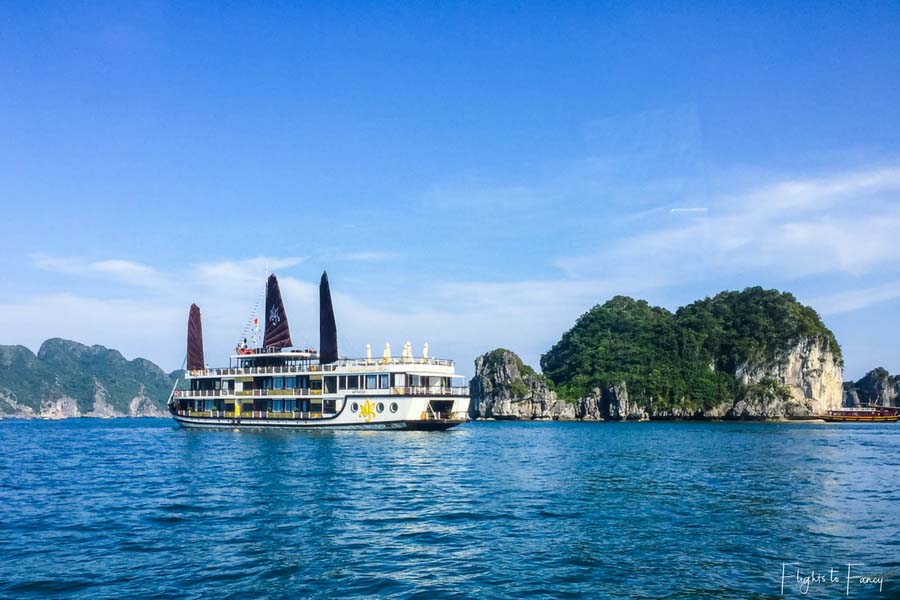
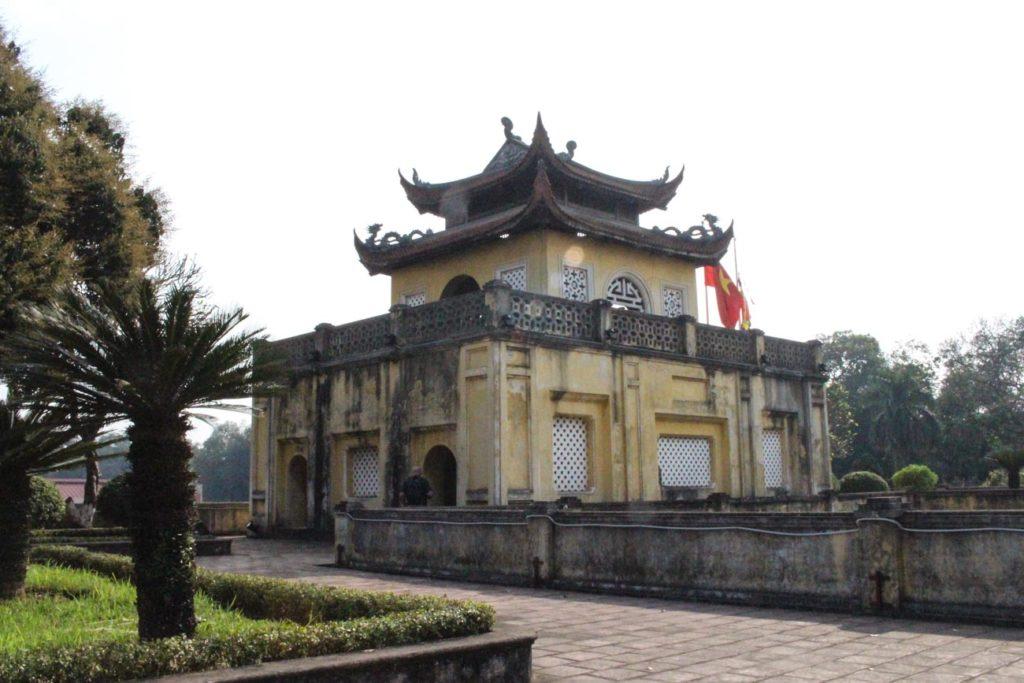
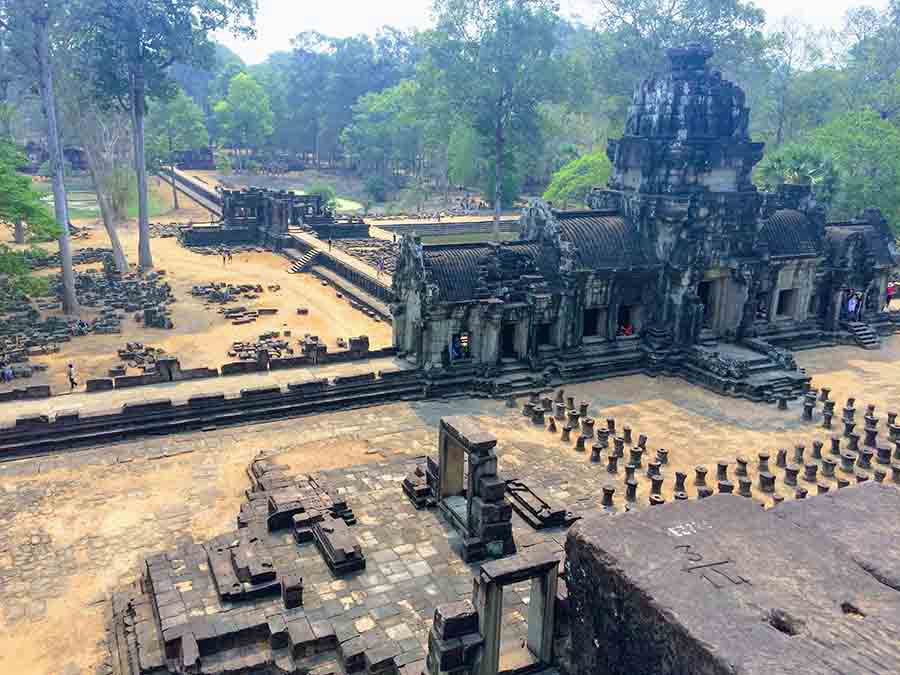
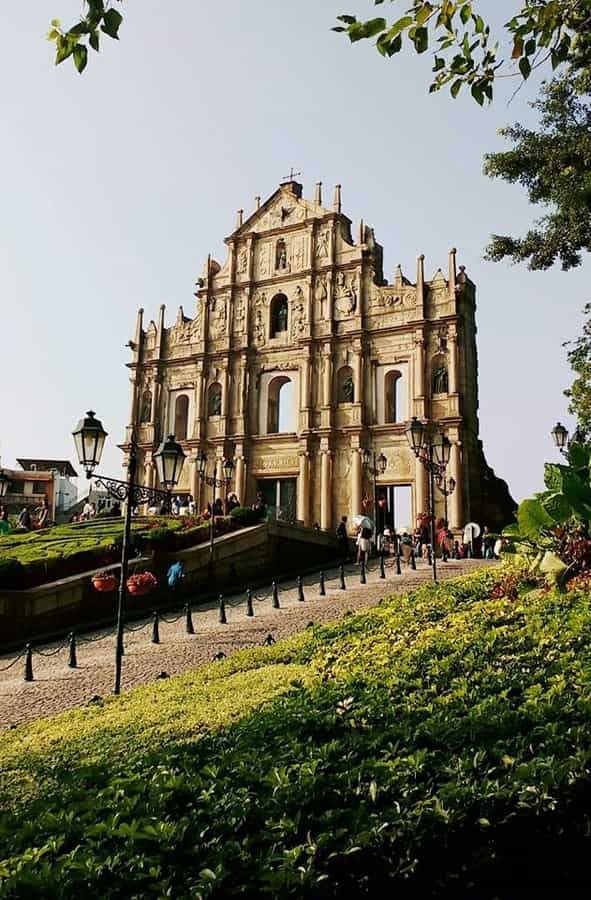
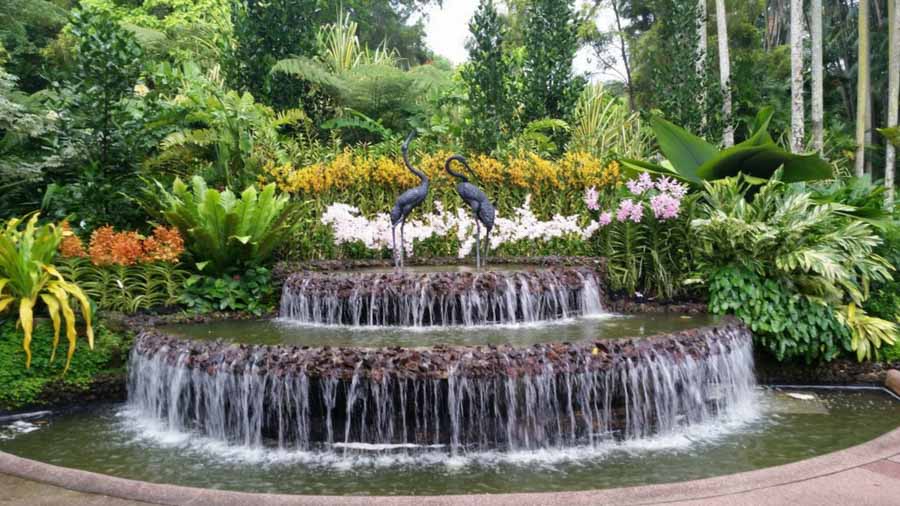
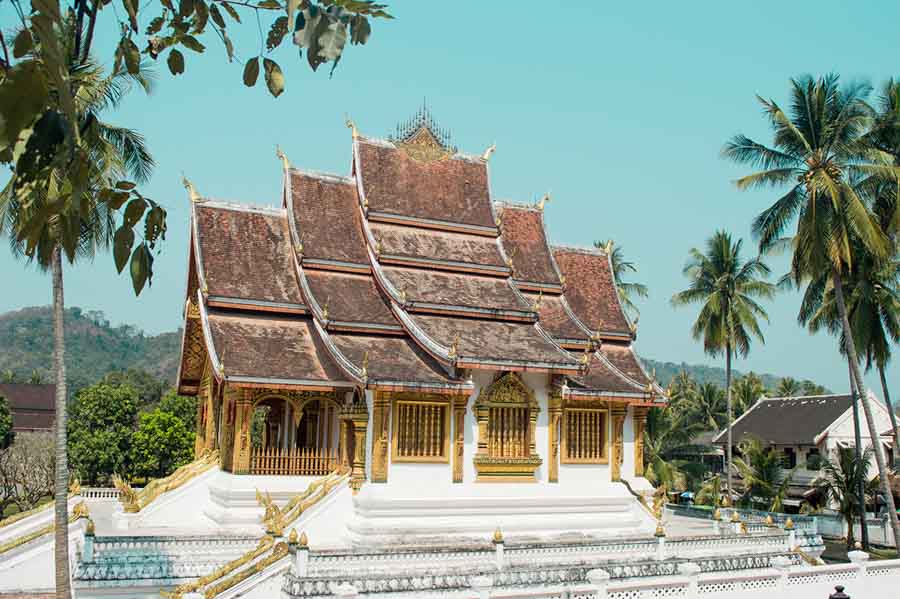

This is a really long list!!! Awesome! My favorites in your list would be the ones in Japan. I love the story that goes with each site. Gosh, I still have a lot of places to go to!
I’ve been to all of these Japanese Unesco sites, and now to seeing the rest of these in Asia.
I am so intrigued with this list, because you think you’ve seen alot of these sites in Asia and then I quickly realized that there are so many more to see. Some of these are a trip down memory lane like Amer fort and Jaisalmer in India and Hoi An and Luang Prabang — but there are so many more. Thanks for the tips on Macau – I look forward to seeing those sites this year. I also had no idea about Lumbini in Nepal and also Sagarmatha National Park was a UNESCO site. Look forward to getting to both of those places. Great tips and great list. Wow… Asia!!
I would also love to visit more of these Unesco sites in Asia especially in India
I’ve seen a few of these only – in Sri Lanka and in Tamil Nadu. I particularly remember Mahabalipuram for the reasons given – it’s somewhere local people come with their kids to play as well as being an important monument. And there’s something very charming about that – I grew up at a time when you could climb on the stones at stonehenge – now it’s just all fenced off and nothing like as much fun. For me that’s the charm of Asia as a whole – it’s still a little ‘less discovered’ than Europe!
Yes it’s amazing how things used to be just open and now with mass tourism, many historic monuments have to be restricted to prevent further erosion or total destruction from these Unesco sites.
Wow, what a list! This really inspired me to get out there and see more of the world! I’ve been to a couple of these UNESCO spots around China, Cambodia, Thailand, and India but I had no idea there were so many more to explore! I’d love to visit Halong Bay, hopefully some day soon! Thanks for the inspiration!
Wow, I have been travelling in Asia for several years and I have visited many of these UNESCO site over many trip. But to see them all in one list is pretty impressive! I still have so many amazing places that I need to visit. The Valley of Flowers in India has been a spot I have wanted to see for years but my timing was off on my last (and only) trip to India. I hope I can make it there in the near future. Thanks for putting this all together!
The Unesco sites in Asia are quite impressive, fantastic that you’ve been to many of them already.
What a detailed and comprehensive list! Haven’t been to any of these but would love to go someday. Obviously Taj Mahal is at the top. But the Unesco site Prambanan sounds incredible too! Love that there are stories on the walls and outdoor performances. So cool!
They Unesco sites in Asia are really spectacular, hope that you get to visit them some day.
So many of these have been on my list for a very long time. I hadn’t heard of Jiuzhaigou but it sure is beautiful. I would love to take a helicopter ride over the quartz-sandstone pillars of Zhangjiajie Park, they look incredible
Hope you get to visit and see some of the Unesco sites in Asia – China’s sites are also on my bucket list.
I love how you curated the piece and hearing the voices of so many authors. This is an epic piece. We were just discussing when / if we would visit China. It wasn’t very high on the list. After reading this piece, I must say it moved up quite a few notches. The photography is stunning.
It took a bit of time, but I’ve always wanted to do a collaboration on Unesco sites to visit in Asia.
All look amazing Noel. I have been to remarkably few. Time to change that; especially with all the time I spend in SE Asia. Tweeted for you buddy.
Ryan
I’m surprised that you haven’t visited most of these Unesco sites in Asia Ryan?
Wow I can’t believe how many there are! I’ve actually been to a couple and didn’t even know they were UNESCO sites such as Ha Long Bay and Kota Kinabalu. I’ve always wanted to visit the Great Wall of China as well as the Taj Mahal but there are so many on this list that I now really want to visit! I definitely want to check out Zhangjiajie park for sure, it looks otherworldly!
It really is an impressive list of top Unesco sites to visit in Europe, there’s so many for me to also explore on this list.
What a great resource for anyone traveling to Asia. Big story for a big place:)
There are so many fabulous Unesco sites to visit in Asia – I have so many to still visit on this list.
That is an amazing collection of UNESCO sites. I have only been to several. Their uniqueness and the untold man hours of labour to create them (not the natural ones) is impressive.
That’s a great selection of UNESCO sites! I’ve only managed one or two of these but if I had to choose from this list I think it would be the Great Wall.
What a spectacular collection of UNESCO sites! My favorite to add to my own to-do list is Ellora Caves in India. Someday.
Yes, I’ve seen and read about these spectacular caves and want to visit along with many of these top Unesco World Heritage sites
Some really great locations throughout Asia to add to my Bucket List, though Hoi An is still toward the top of the list. Great list, Noel!
There really is a lot of amazing Unesco World Heritage sites in Asia, quite a few I would love to visit.